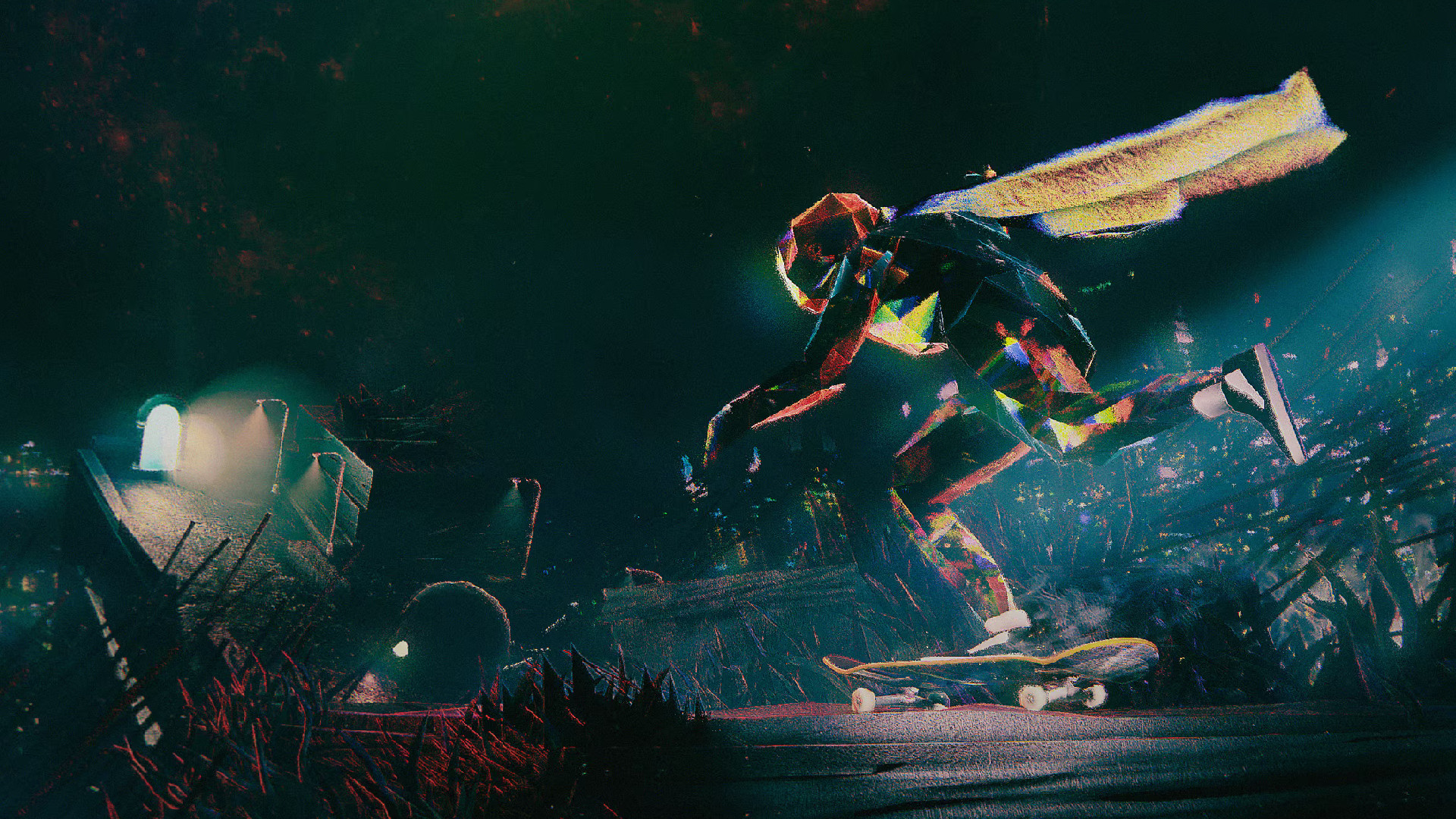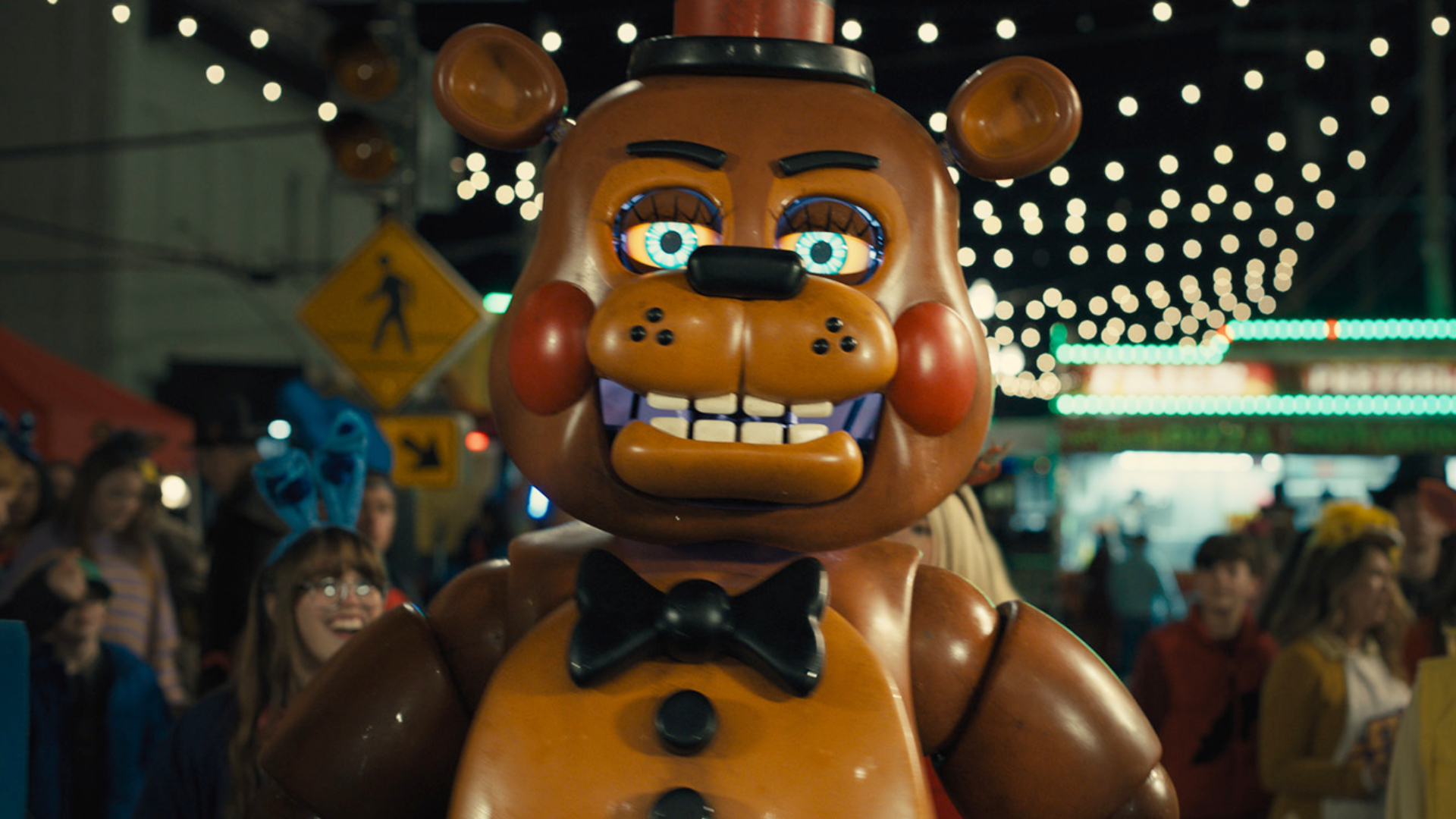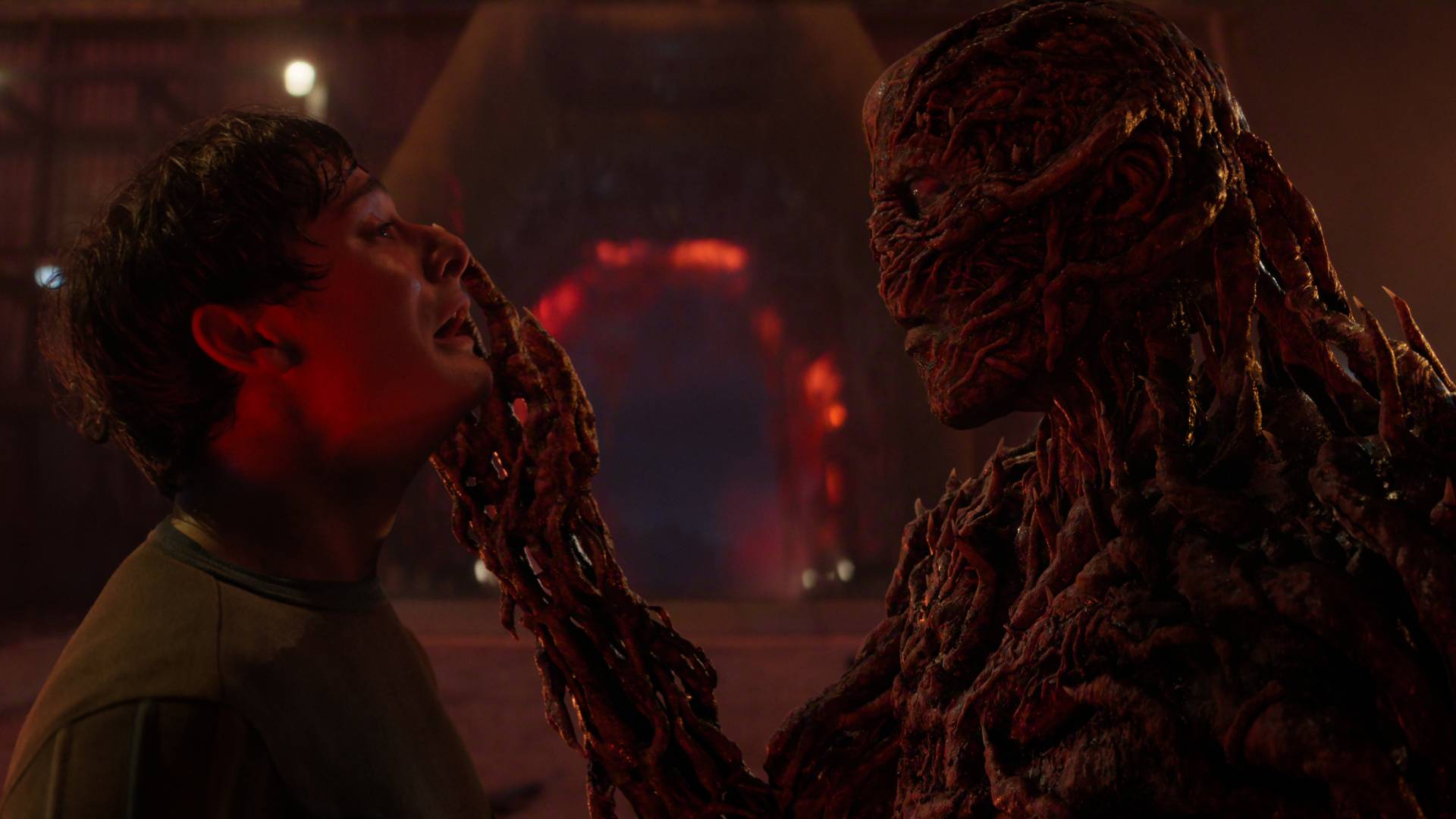32 Movies With Ambiguous Endings
These are the films that have you pondering what it all meant well after the credits roll.
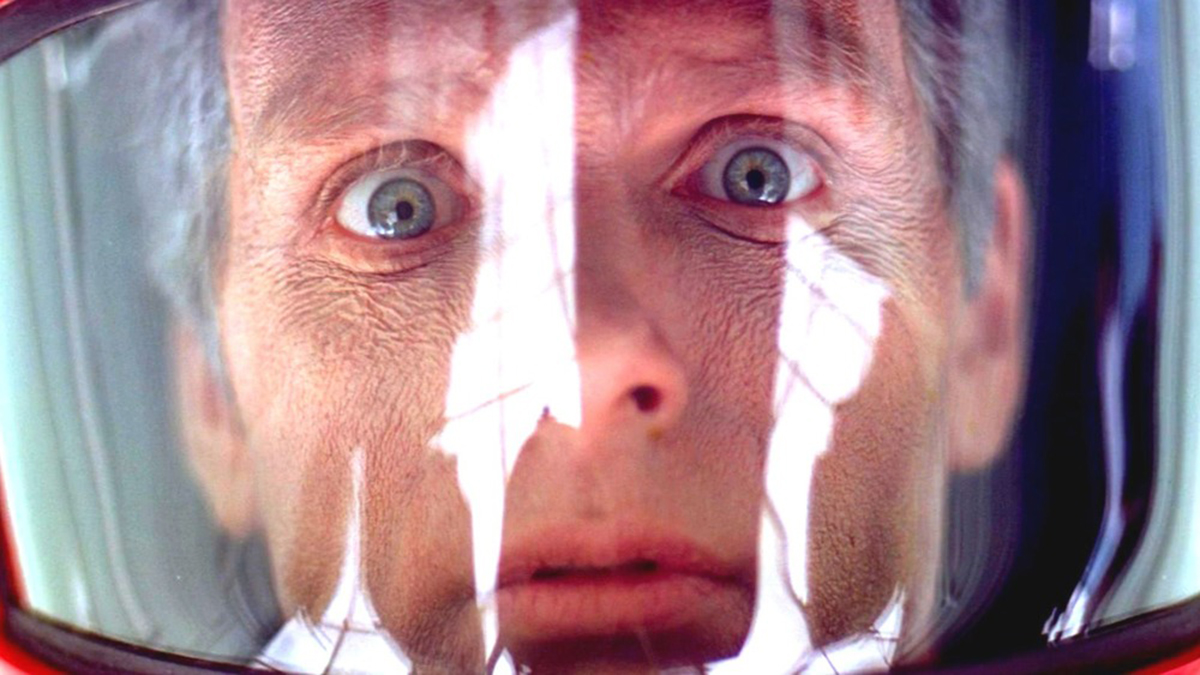
The great thing about watching a movie is that usually, after 90 or so minutes, the credits roll and you can feel satisfied that you've seen a complete story with a tidy ending. However, that's not always the case, as some films have ambiguous endings. These conclusions are anything but tidy, and viewers have to ponder what happened or what it all means for days—or even years—to come after they leave the cinema. However, when done right, these ambiguous endings are a feature, not a bug.
These are the movie endings that make you question everything that happened earlier in the movie, speculate about what could possibly happen next, or get into heated debates about symbolism. What makes for an ambiguous ending is a little subjective; one viewer might think a film's ending is clear as day, another might be confused or have a totally opposite takeaway. Sometimes there is an implicit "correct" answer to what an ending means, yet there's still enough mystery or room for interpretation for it to qualify.
Here are 32 of the greatest ambiguous movie endings. (...Or are they?) As a warning, this list will inherently spoil the endings of all the listed movies.
32. mother!

Year: 2017
Director: Darren Aronofsky
The ending to Darren Aronofsky's polarizing psychological horror flick is just as ambiguous and debated as, well, the entire movie. The bulk of the 2017 film follows Jennifer Lawrence's title character as she endures loss and strange abuse while living in a house with her partner, a man identified only as Him (Javier Bardem). It all ends in a confrontation that turns into an inferno… only for Him to remove a crystal from Lawrence's chest and use it to create a new house with a new mother, now played by a different actress. The cycle continues undaunted.
31. It Follows
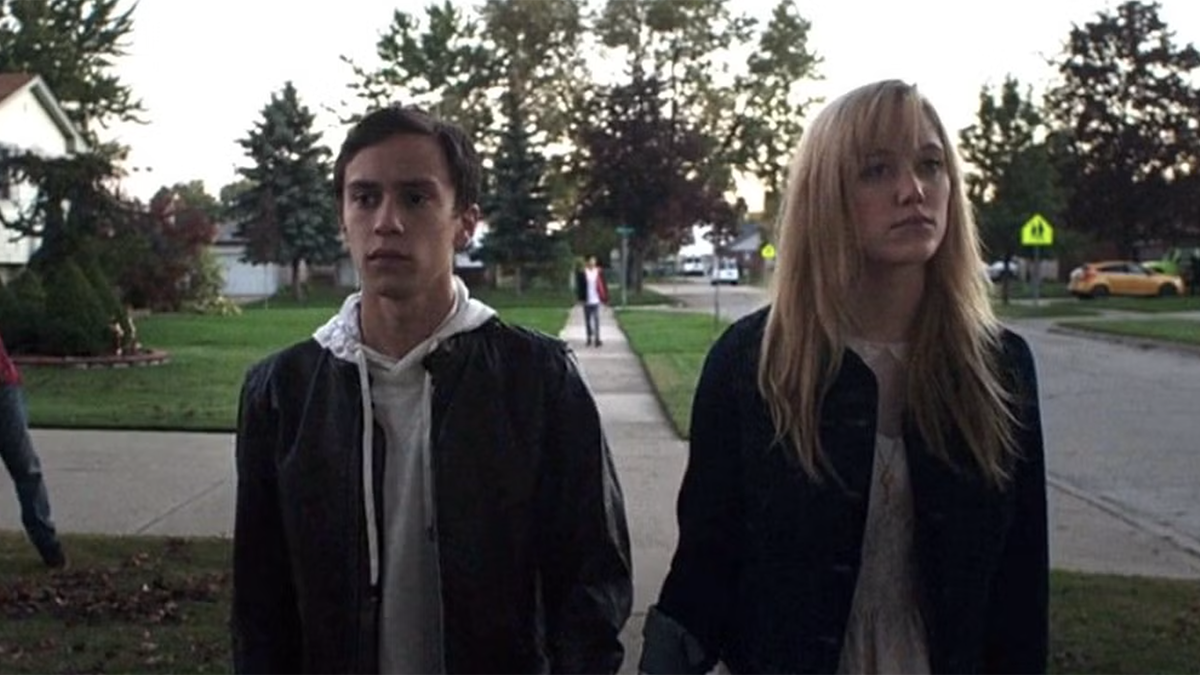
Year: 2014
Director: David Robert Mitchell
There's a horror movie cliche that "if you have sex, you die," but perhaps none literalized it so effectively as 2014's It Follows. Scream queen Maika Monroe stars as Jay, a college student who hooks up with a guy only to discover she's being followed by an entity that will kill her if it ever reaches her—unless she sleeps with somebody else to pass the curse along. Jay and her friend Paul (Keir Gilchrist) manage to defeat the creature, but the film ends with them holding hands as they walk down the street. And, in the distance behind them, a figure follows. Did they not break the curse, or is this just somebody walking down the street? This unsure paranoia is what makes It Follows one of the best horror movies released in recent years, and it continues down to the last shot.
Bringing all the latest movie news, features, and reviews to your inbox
30. Shutter Island
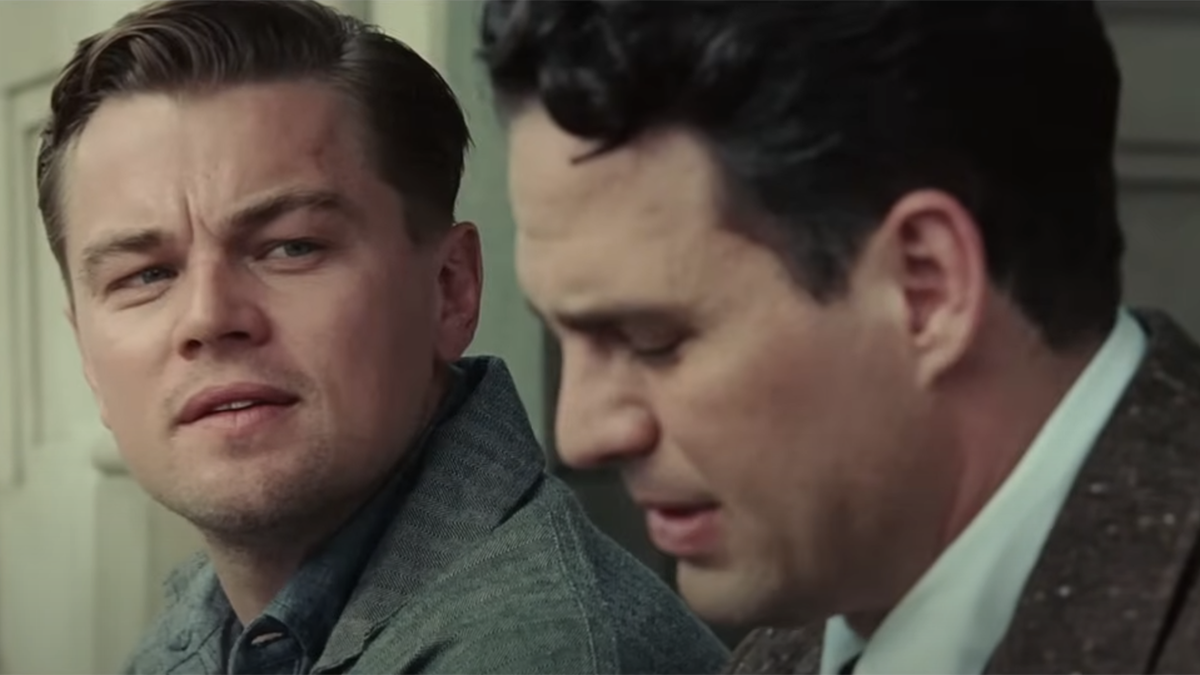
Year: 2010
Director: Martin Scorsese
The big twist in Martin Scorsese's psychological thriller is that Leonardo DiCaprio's Edward "Teddy" Daniels is not actually a US Marshal investigating a missing persons case on an island hospital for the criminally insane; he's Andrew Laeddis, a patient there. The entire US Marshal bit was a ruse designed as a last-ditch effort to make him snap out of his delusion and realize he was responsible for his wife's death. If this doesn't work, he'll have to be lobotomized. The film ends with Laeddis talking to Mark Ruffalo', his "partner" who is revealed to actually be his doctor. He starts acting like a US Marshal again before asking if it's better "to live as a monster, or to die as a good man." Did the treatment fail? Or is Laeddis lucid but willfully letting himself get lobotomized because he can't live with what he's done?
29. The Wrestler
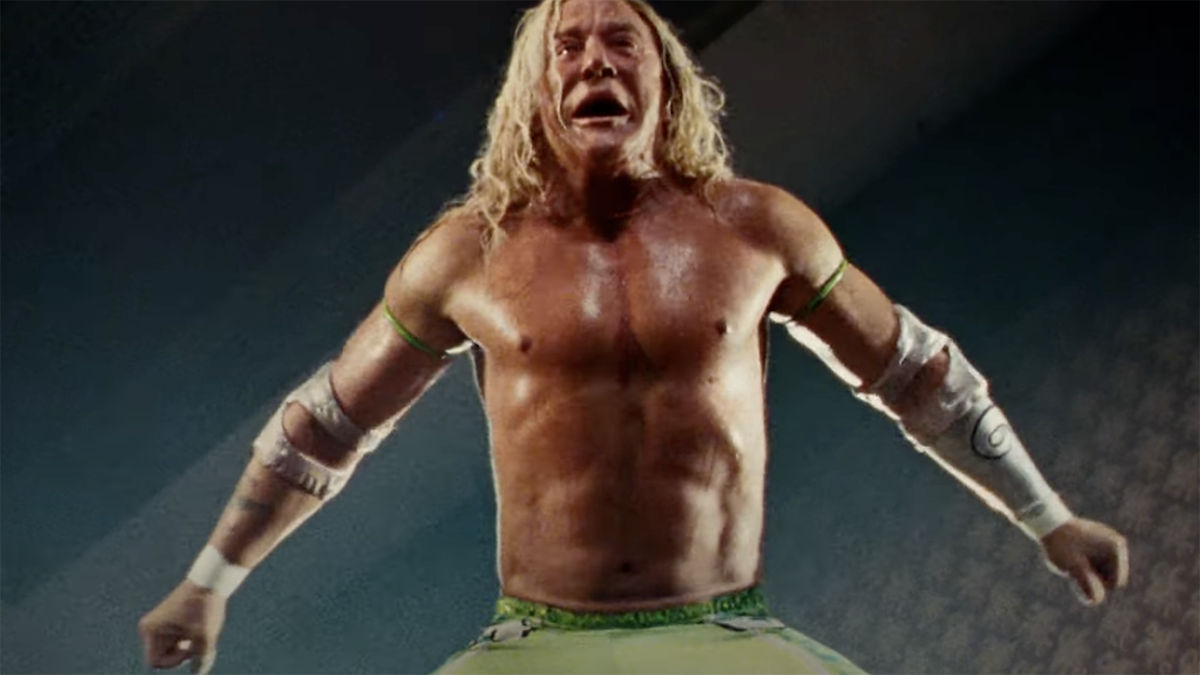
Year: 2008
Director: Darren Aronofsky
Darren Aronofsky is a director who likes ambiguity, and even his take on a sports drama—in theory one of the most straightforward genres out there—ends on a mysterious note. Mickey Rourke stars as Randy 'The Ram' Robinson, a well-past-his-prime professional wrestler who refuses to leave the ring behind. At the end of the film, he's in the middle of a match when he starts feeling chest pain. His opponent, worried for The Ram's health, urges him to tap out. Instead, he climbs to the top rope for his finishing move, and the film ends with him tearfully leaping. We will never know if this is the end for The Ram. If it is, it was in the only place he could imagine himself.
28. Birdman
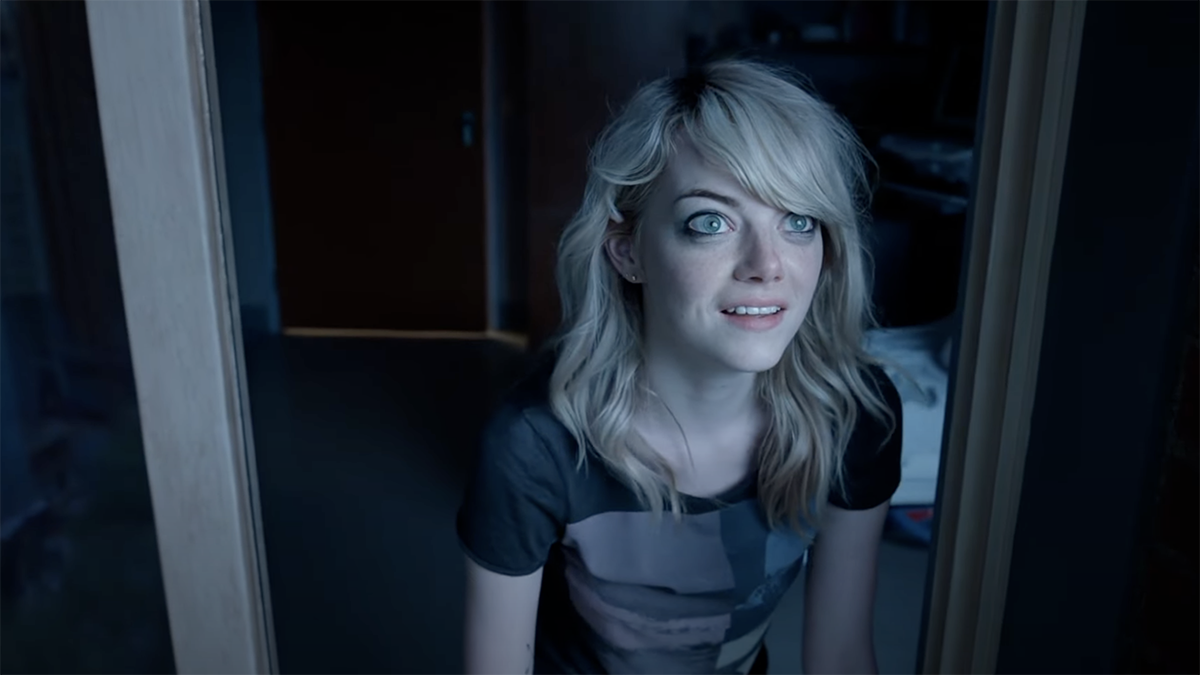
Year: 2018
Director: Alejandro G. Iñárritu
At the end of this Best Picture-winning film, Michael Keaton's blockbuster superhero actor-turned-wannabe serious stage star is in the hospital following an unsuccessful attempt to end it all on the stage — but his play, improbably, is a huge hit. His daughter (Emma Stone) visits him in the hospital, but when she steps out for a minute, Keaton's Riggan steps out onto the ledge, saying goodbye to the titular superhero he's been seeing hallucinations of. When his daughter returns, she rushes to the open window and looks down in fear, only to eventually look up in awe. Is Riggan flying? Or, if not, how much of what we're seeing is real, and when did it stop being real?
27. Cruising
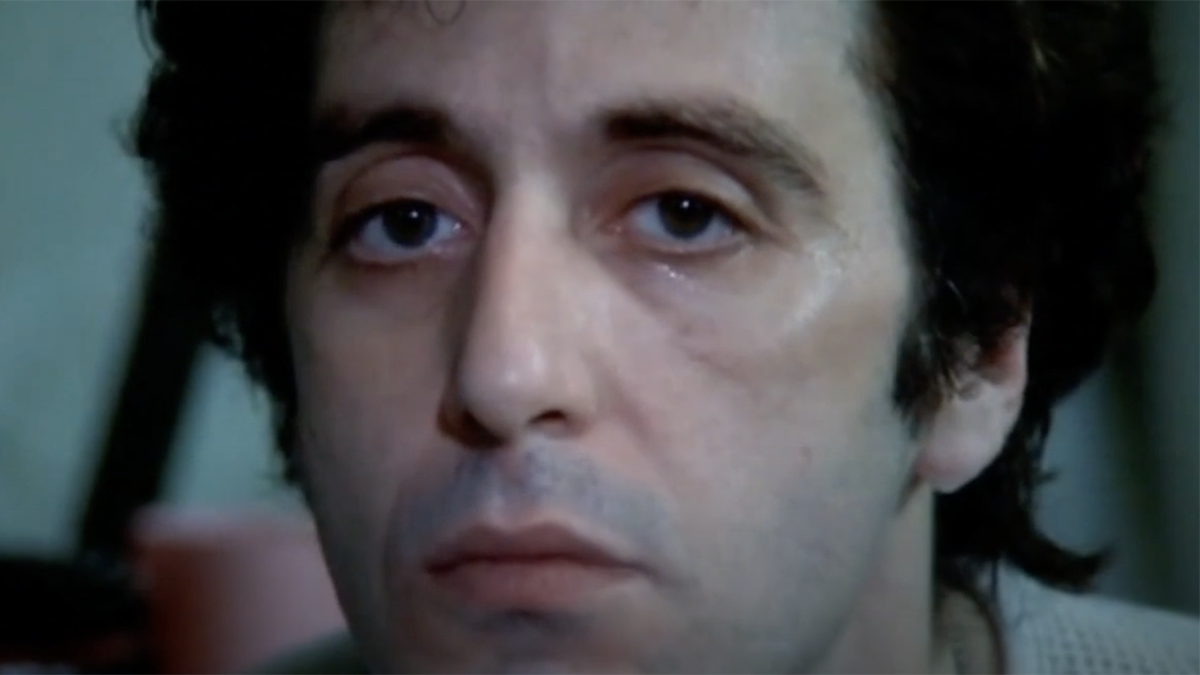
Year: 1980
Director: William Friedkin
Al Pacino stars as Detective Steve Burns, an NYPD cop charged with going undercover to investigate a series of killings of gay men in New York's leather scene. Burns, although unfamiliar with this subculture, becomes enmeshed in it, and the murderer is eventually brought to justice. However, the film ends with him reuniting with his girlfriend, and while he shaves, she goes through his boxes of clothes and puts on an outfit that happens to match what the killer was wearing. Burns looks at himself in the mirror and then, chillingly, at the camera.
26. Juror No. 2
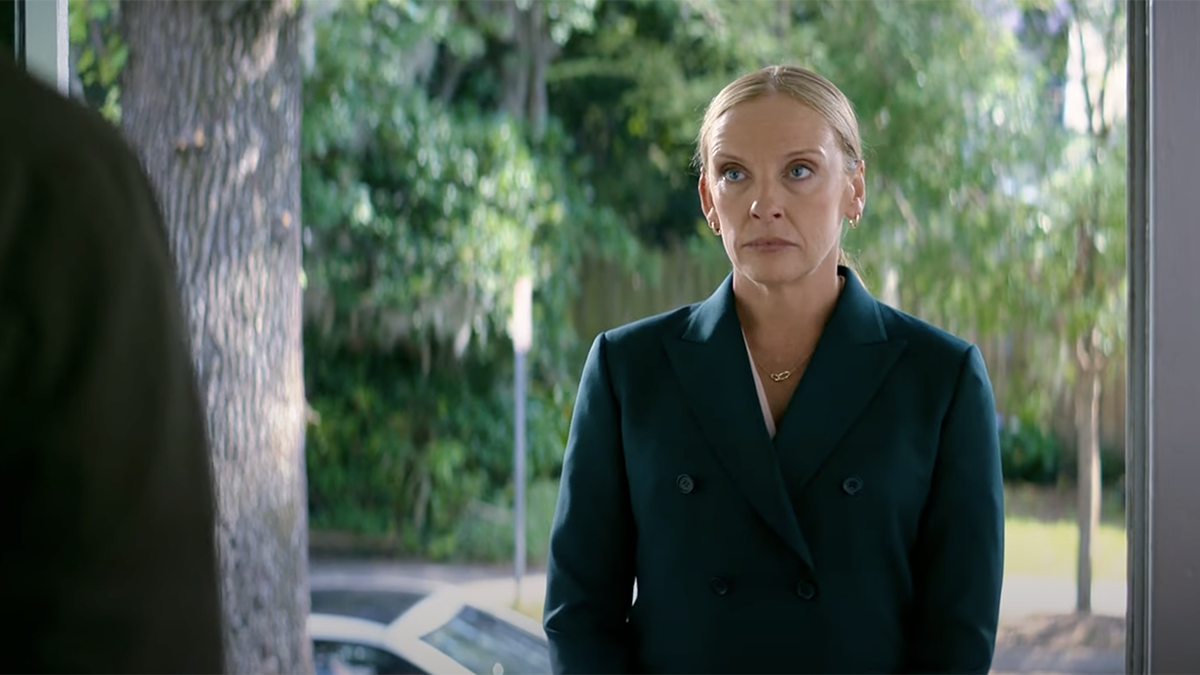
Year: 2024
Director: Clint Eastwood
Justin Kemp (Nicholas Hoult) is a recovering alcoholic who is summoned for jury duty, but as the case unfolds he begins to suspect that he might have accidently hit the victim with his car one rainy night, and while the deceased boyfriend might be a bad guy, he's innocent of the crime he's on trial for. Justin eventually comes to the difficult conclusion that he can't own up to what he's done and destroy his own life right before his first son is born, and after the sentencing he has a conversation with the assistant district attorney Faith Killebrew (Toni Collette) where it's implied they both know the truth but won't (or can't) do anything about it. It seems like there's going to be what passes for a happy ending, until later, when Justin answers a knock on his door and sees the stone-faced Faith glaring at him. Has she reconsidered? There's a cut to black; we don't know what happens next.
25. Don't Look Now

Year: 1973
Director: Nicolas Roeg
Following their daughter's tragic drowning, married couple Laura and John Baxter (Julie Christie and Donald Sutherland) travel to Venice, where John has taken a job. Once there, he starts seeing a small figure in a red raincoat running around the canals, and the grief-stricken father begins to think it might be connected to his deceased child. At the film's climax, when he chases and confronts the figure, though, she turns around and reveals herself to be a grotesque adult who promptly murders him. During his final moments, John realizes all the strange things he was seeing were premonitions of his own death in a chilling moment of clarity. Don't Look Now is dreamlike and nightmarish, and there are no straightforward answers to why any of this happened.
24. Cure
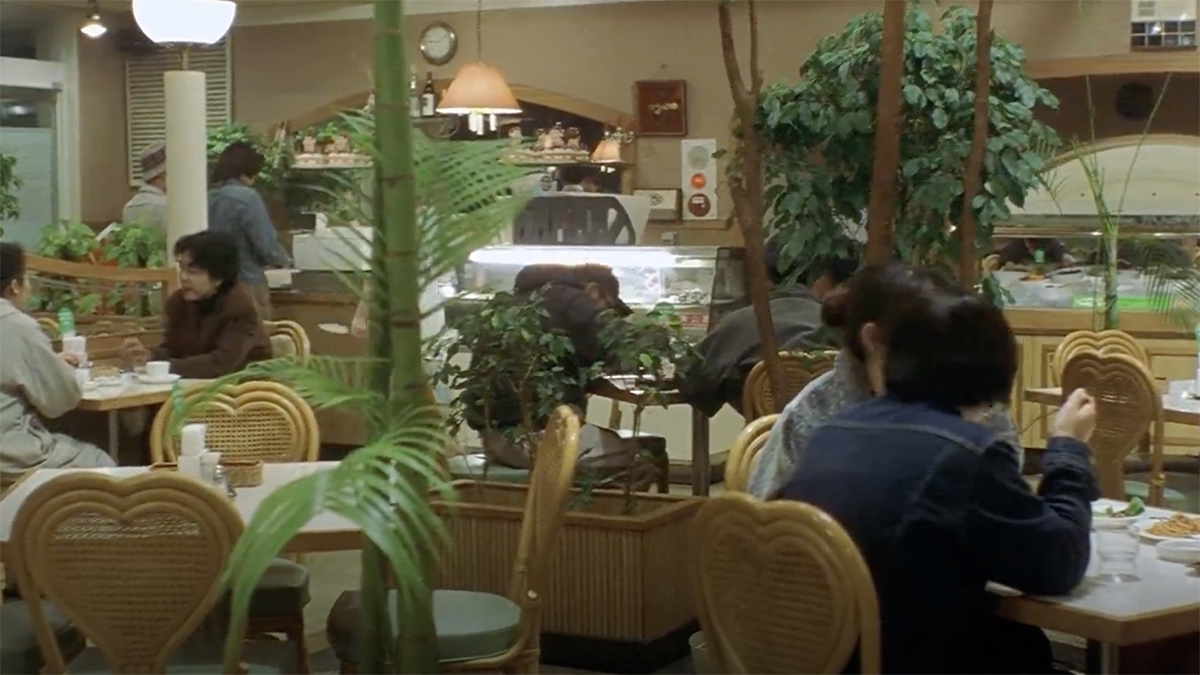
Year: 1997
Director: Kiyoshi Kurosawa
This acclaimed J-horror movie ends with Tokyo Metropolitan Police detective Kenichi Takabe (Kōji Yakusho) managing to kill the strange mezmerist who is seemingly responsible for hypnotizing people into committing brutal, otherwise unexplainable murders. However, it's implied that whatever dark force drove him isn't done, as the final scene shows Takabe in a cafe, and the waitress who serves him silently grabs a knife as if under the same thrall that drove all the other killers.
23. Total Recall
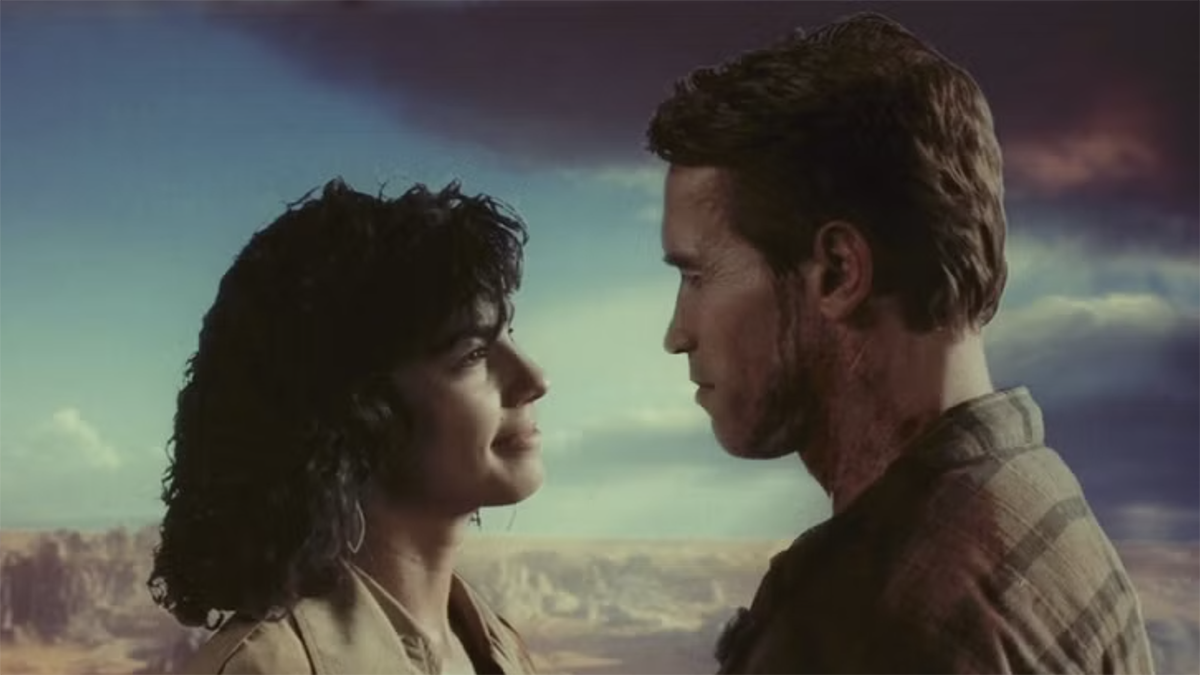
Year: 1990
Director: Paul Verhoeven
Pretty much everything that happens after the inciting incident of this Paul Verhoeven sci-fi classic is up for debate. Arnold Schwarzenegger plays Douglas Quaid, a seemingly normal (albeit jacked) guy who decides to spice things up by visiting Rekall, a service that implants fake memories. He elects to experience a fantasy where he's a secret agent on Mars, only to freak out before it's complete because he actually is a secret agent, and Rekall simply got rid of the false memories suppressing the truth. Action and adventure ensue, and the film ends with Quaid enjoying a kiss under Mars' newly blue sky. Was any of this real? Or has everything since he stepped into Rekall been an implanted dream?
22. The Shining
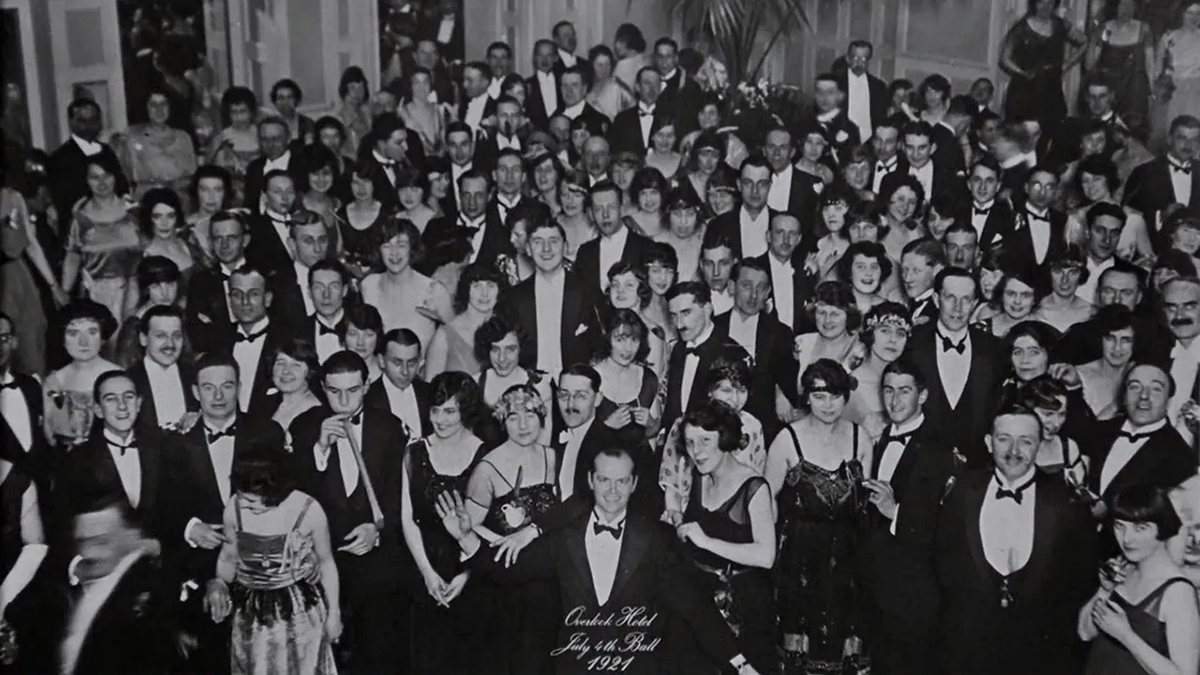
Year: 1980
Director: Stanley Kubrick
There's still lots of debate about what the final shot of Stanley Kubrick's adaptation of Stephen King's classic horror novel means. The film already has a different ending than the book, as Jack Torrance (Jack Nicholson) freezes to death rather than blowing up the haunted Overlook hotel while his wife and child escape, but then there's a coda; a photo on the wall of a party held at the Overlook in 1921, and Jack is right in the center. Has he always been a part of the Overlook? Is this a sign that he's joined its ghostly ranks? Whatever the meaning, it's an eerie, open-ended image to go out on.
21. Doubt
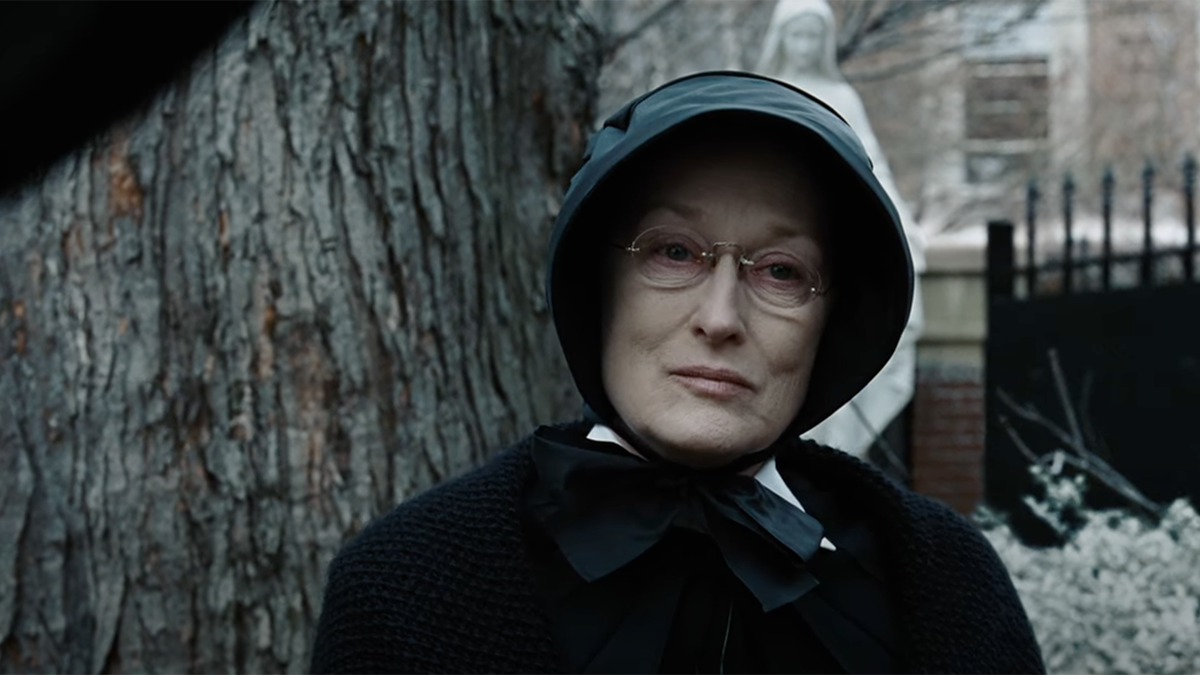
Year: 2008
Director: John Patrick Shanley
It's fitting that a movie called Doubt would have an inconclusive ending. Meryl Streep stars as Sister Aloysius Beauvier, the principal at a Bronx Catholic church's parish school, who suspects that Father Brendan Flynn (Philip Seymour Hoffman) has acted improperly towards one of the boys under her care. Aloysius ends up lying about contacting a nun at Flynn's old parish, assuming that, because Flynn resigned, it's proof that he was afraid of what might come out and, therefore, was guilty. However, she tearfully confesses to a fellow sister (Amy Adams) that even she has "such doubts." Was Flynn guilty? God only knows.
20. Onibaba
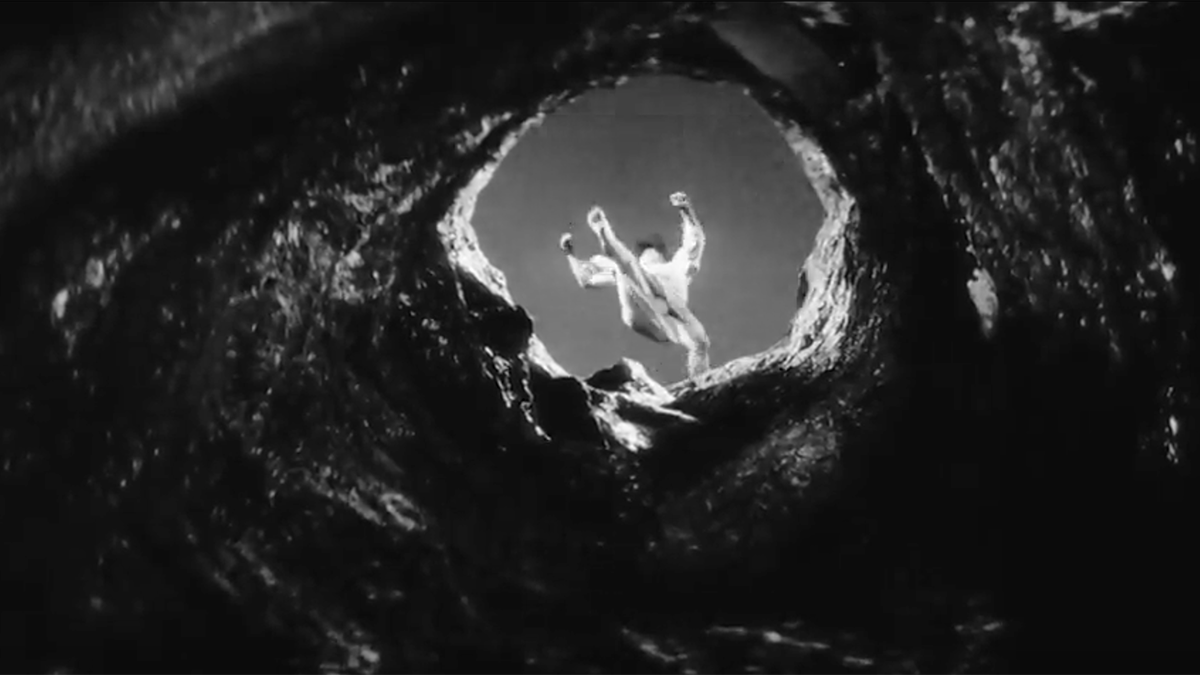
Year:1964
Director: Kaneto Shindō
Onibaba, a '60s Japanese horror movie that's one of the most stunning-looking black and white films you'll ever see, also features a stunning ending. After an older woman (Nobuko Otowa) uses the spooky mask she stole off a samurai to scare her daughter-in-law (Jitsuko Yoshimura) away from another man, she realizes something's wrong. She can't get it off, and when she confesses the ruse to her daughter-in-law, the young woman pries it off her face… and disfigures her in the process. As she flees in terror from the sight, the old woman madly runs after, yelling that she's human, not a demon. They jump over a deep pit where they've been disposing of samurai bodies, but it's unclear if the older woman makes the jump. Footage loops, as we're left hanging, wondering if she can still claim humanity or if she'll be claimed by the pit.
19. Enemy
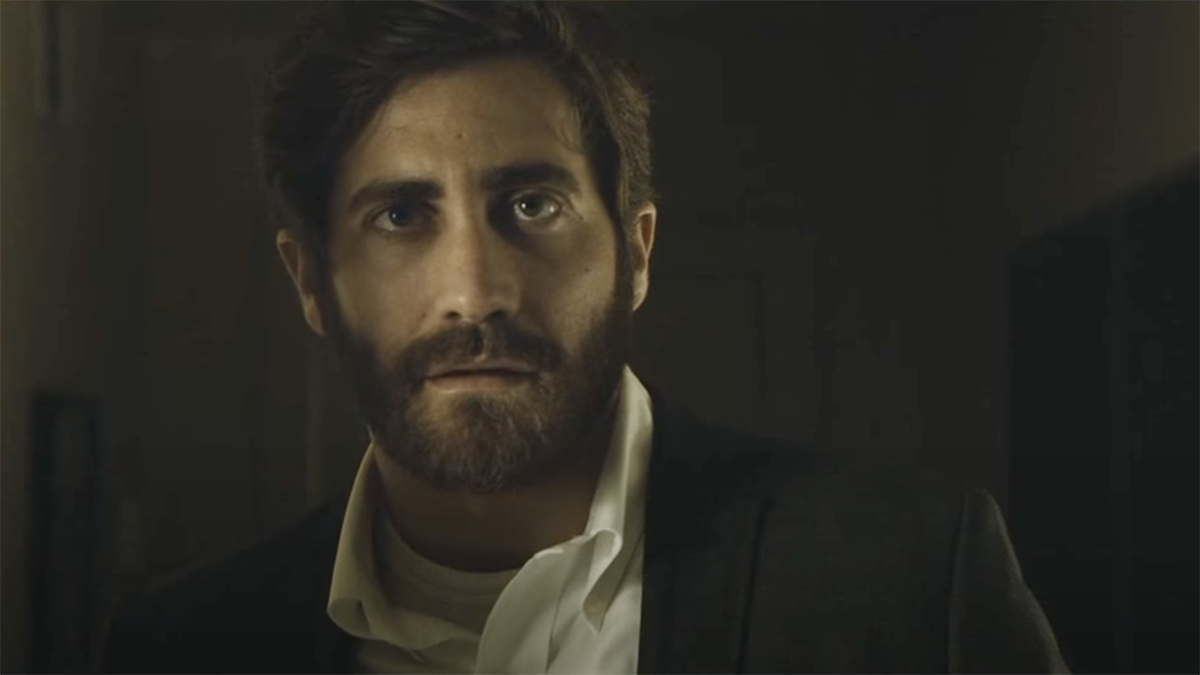
Year: 2013
Director: Denis Villeneuve
Where to begin unpacking Enemy, a movie about doppelgängers and, uh, spiders? Jake Gyllenhaal stars as Adam Bell, a man dissatisfied with his life who realizes that an actor, Anthony Claire (also Gyllenhaal), looks exactly like him. Exactly. Surreal psychological puzzles and unease ensue, all the while, both men begin to have upsetting dreams about spiders. At the end, Adam returns home to see that his wife has seemingly turned into a gigantic tarantula, which he seems fairly unfazed by. What does it all mean? We're still working it out.
18. No Country For Old Men
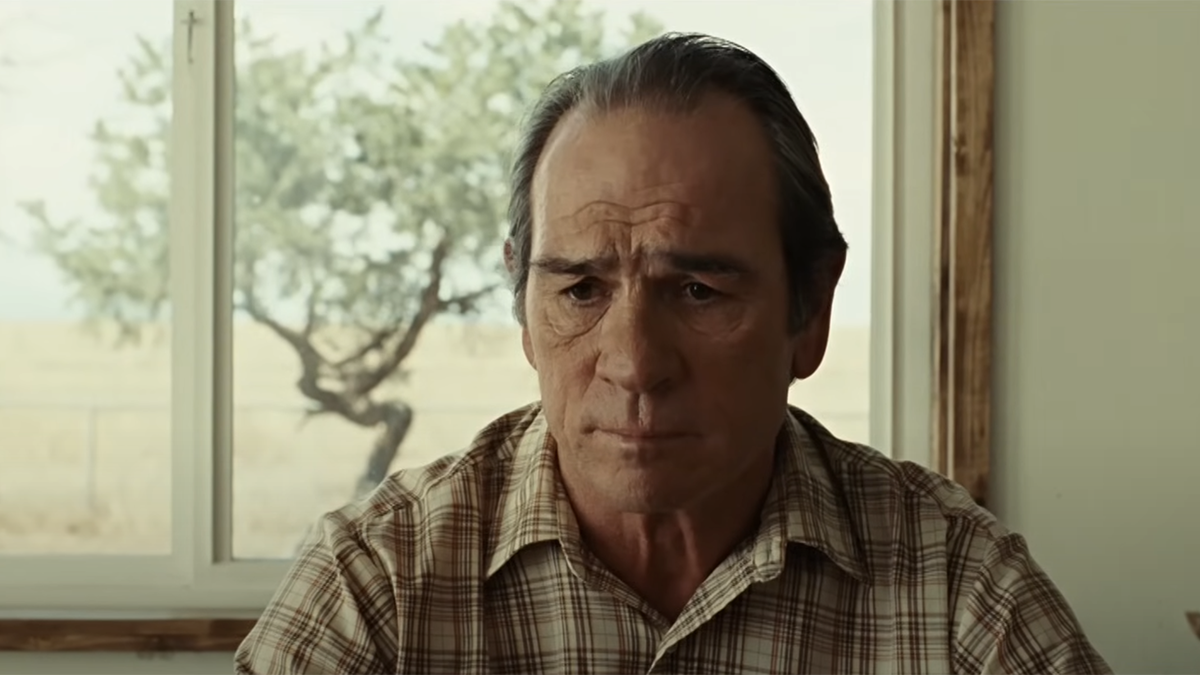
Year: 2007
Directors: Joel and Ethan Coen
Broadly speaking, the ending of the Coen Brothers' neo-Western masterpiece is pretty clear. Aged sheriff Ed Tom Bell (Tommy Lee Jones) is unable to confront the evil of the sort Anton Chigurh (Javier Bardem) represents. The bad guys won. But the film ends with Bell, now retired, recounting two dreams he had with his wife. Like many dreams, they don't seem to make perfect sense, and their exact relevance is hard to pin down precisely. For as much as you can question the symbolism of Bell dreaming he lost some money his father gave him, or of his father riding ahead of him to start a fire, the vibe is undeniable. This is the end of an era, and what comes feels more unsure than the outcome of a coin toss.
17. I Saw the TV Glow
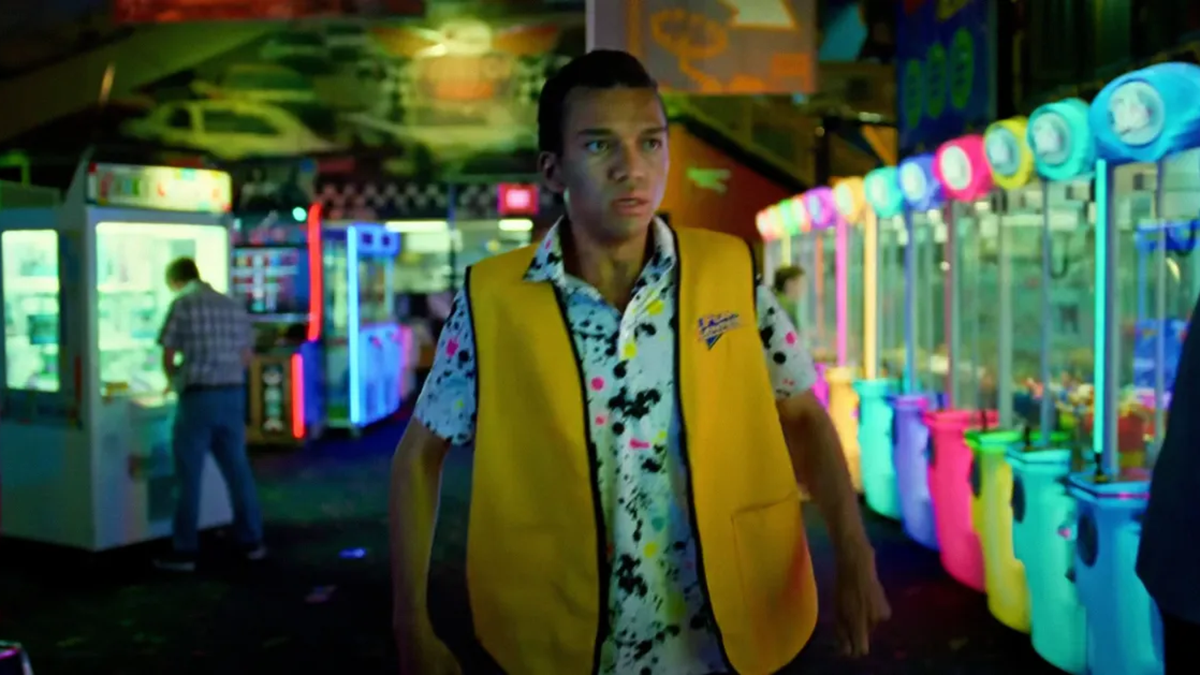
Year: 2024
Director: Jane Schoenbrun
Jane Schoenbrun's sophomore feature is a stunning trans allegory, using horror and '90s nostalgia to represent the scary, beautiful process of coming out. Justice Smith plays Owen, a young boy who meets a slightly older girl, Maddy, (Jack Haven). The pair becomes obsessed with a Buffy the Vampire Slayer-esque show called The Pink Opaque. But Maddy eventually disappears, only to reappear years later, claiming that she and Owen are really the protagonists of the show, and they have been trapped in this reality and these bodies by the evil Mr. Melancholy. Owen can't bring himself to follow her and explore this possibility, and as an adult, he finds himself feeling trapped. In a cathartic moment, he sees the light within himself, suggesting a possible acceptance of who Owen really is. But then, it's revealed to be a hallucination, and Owen's last seen acting timid, but always with the possibility of hope. I Saw the TV Glow will have you questioning The Pink Opaque—and a lot else—long after the credits roll.
16. Resurrection
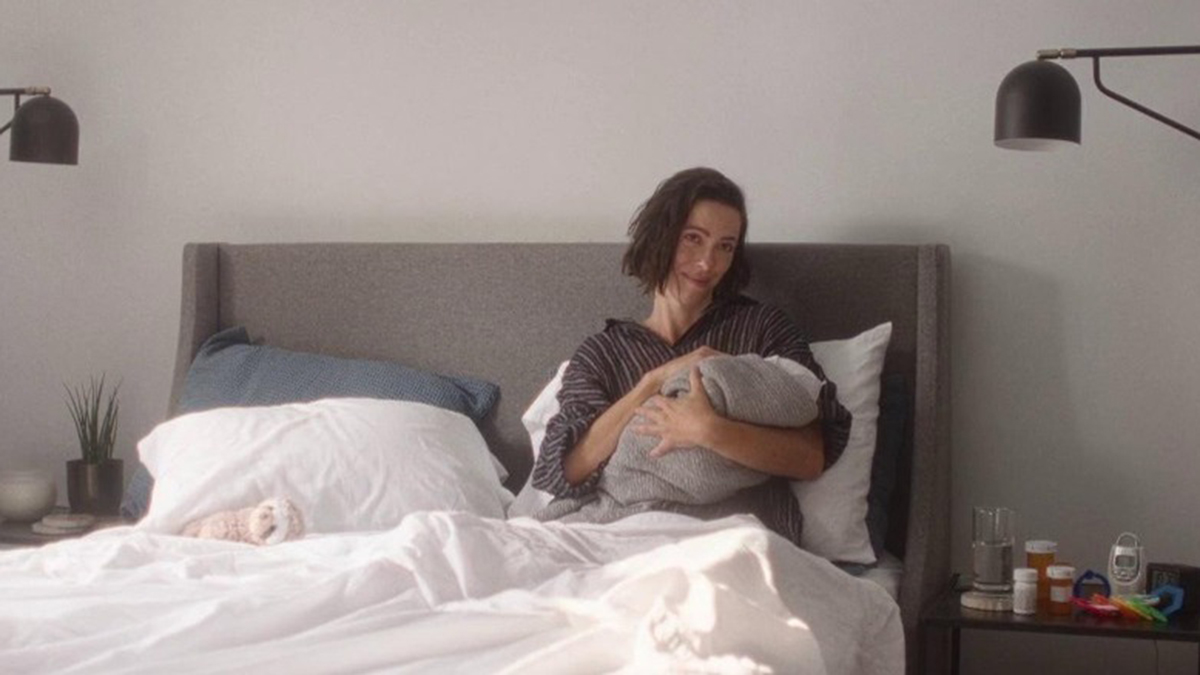
Year: 2022
Director: Andrew Semans
A remarkable Rebecca Hall stars in Resurrection, which might be one of the most effective and unsettling examples of parental dread horror. Margaret (Hall) lives a seemingly normal life with her teenage daughter until a figure from her past appears. The man, David (Tim Roth), had kept her in a dangerously controlling relationship when she was younger, and he claimed to have done something terrible to the son they had together. It's tremendously upsetting stuff, and it culminates in Margaret confronting David and, after a violent struggle, somehow getting her baby back. The last scene shows Margaret blissfully holding her baby son, now returned to her, as her teenage daughter happily gets ready to go to college. It's all so perfect and impossible—too good to be true. That's why the last seconds of the film have Margaret appear to see or realize something and gasp before the cut to black.
15. Barton Fink

Year: 1991
Directors: Joel and Ethan Coen
John Turturro stars as the title character in this Coen Brothers classic, a New York playwright who comes to 1940s Hollywood and finds himself utterly defeated by the film industry, writer's block, and perhaps most importantly, his own ego. The film ends with Barton, having been chewed up and spit out by his studio boss and humbled by his hotel neighbor (John Goodman's serial killer Karl "Madman" Mundt), going to the beach. Once there, he sees a woman who resembles the one in the picture on his hotel wall, right down to the pose. It's a surreal ending that's open to a lot of interpretation—and it's made all the more surreal by the fact that the Coens happened to film a bird fall out of the sky uncannily during the final shot.
14. Annihilation
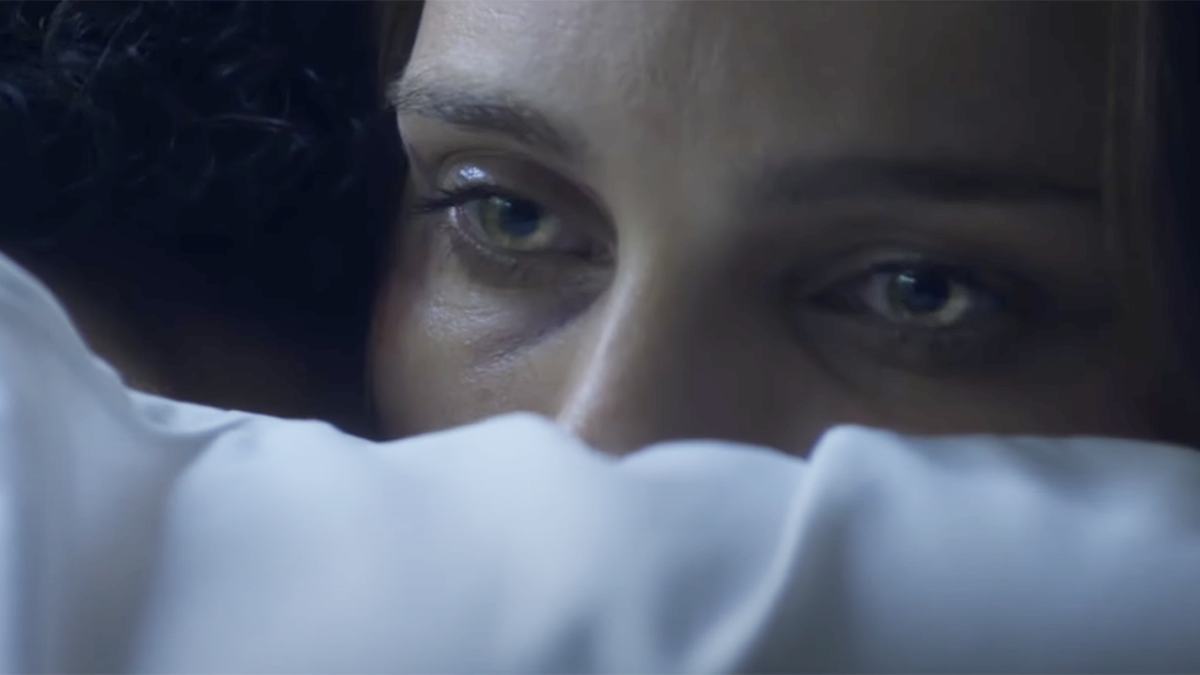
Year: 2018
Director: Alex Garland
Only Natalie Portman's Lena emerges from the mysterious DNA-warping zone known as the Shimmer at the end of Alex Garland's trippy sci-fi horror flick. She managed to defeat the seemingly alien entity, but has she changed? When she reunites with her husband Kane (Oscar Isaac), who also escaped the Shimmer much earlier, she asks if he really is Kane. She knows the answer, on some level. The real Kane self-immolated, and she's talking to a Shimmer doppelgänger. And yet, they embrace, and both his eyes and her eyes glimmer.
13. The Green Knight
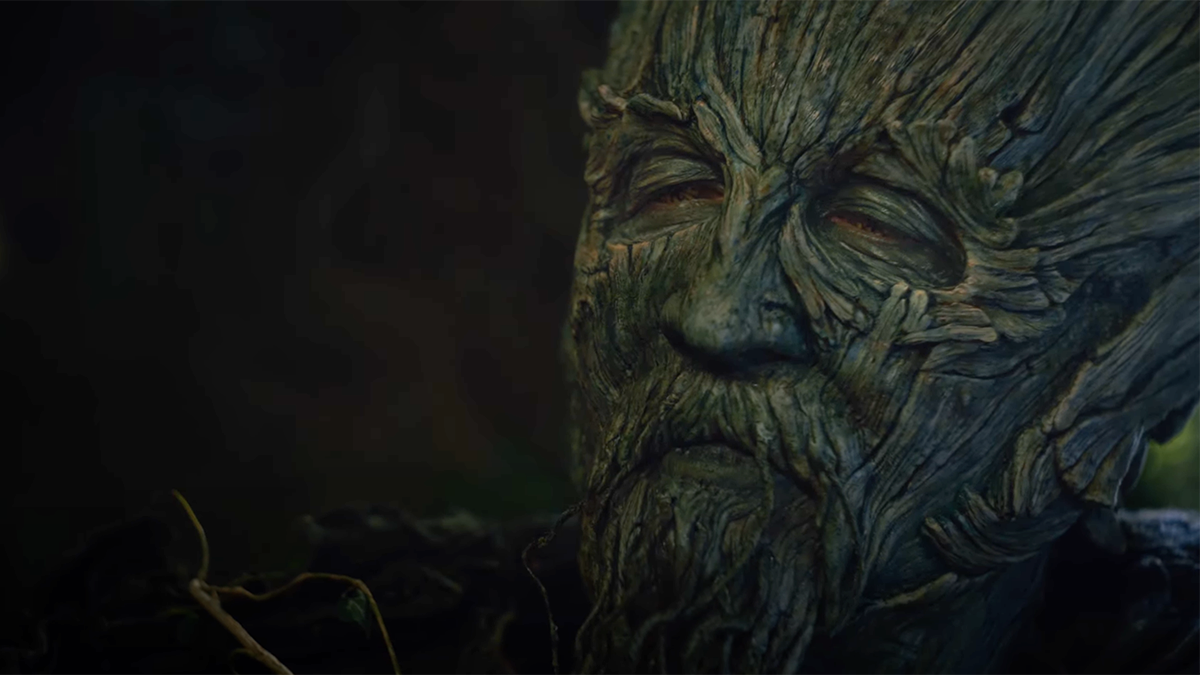
Year: 2021
Director: David Lowery
David Lowery's surreal, magical take on the classic Arthurian myth ends with Dev Patel's Gawain finally living up to his promise and confronting the Green Knight. After first experiencing a vision of what would happen if he fled, he's now ready to take the promised blow, having decapitated his verdant foe a year ago. The Green Knight (Ralph Ineson) looks proud, almost kind, as he sees Gawain finding courage to live up to his word. For a minute, it seems like this was a test, and Gawain passed — until the Green Knight says, with kindness, "Now, off with your head." Is it a joke? Or does Gawain still need to die?
12. Beau Travail
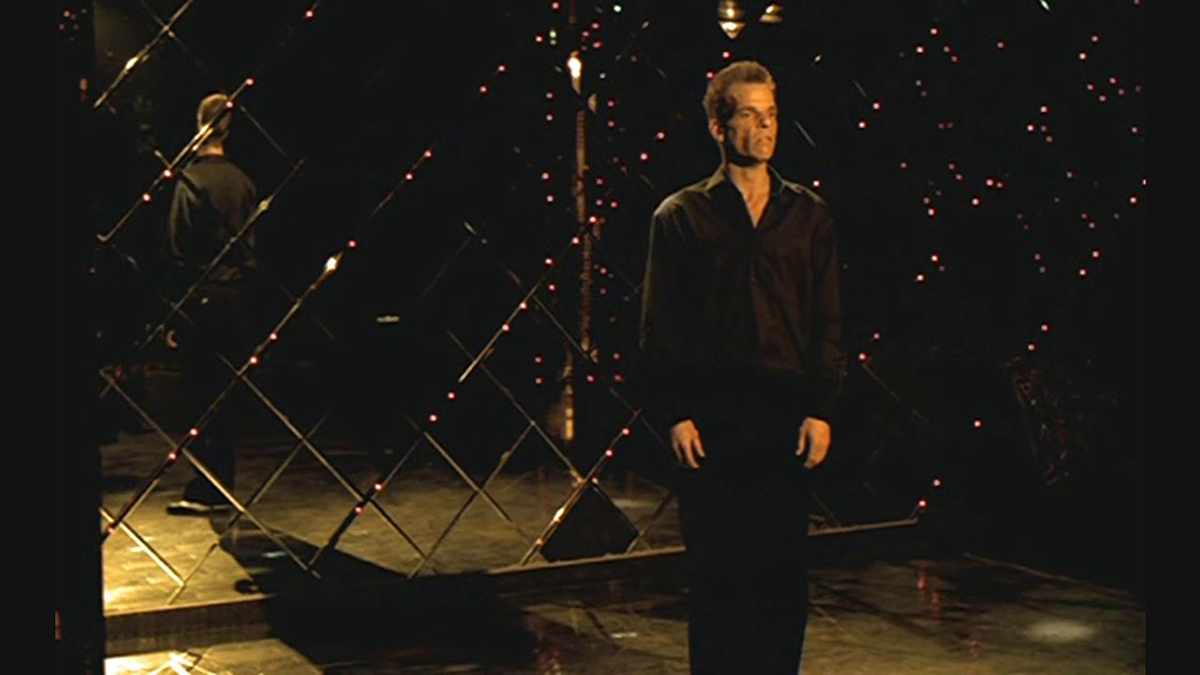
Year: 1999
Director: Claire Denis
One of the most simply electrifying endings in cinema is also rife for interpretation. Claire Denis' acclaimed film follows Galoup (Denis Lavant), an adjudant-chef of the French Foreign Legion in Djibouti, whose grudge against another soldier eventually proves to be his undoing. Court-martialed and dismissed, it's unclear what life looks like for Galoup without the Foreign Legion. It seems like he might have nothing left to live for, but then the film ends with him dancing to the Eurodance group Corona's killer tune "The Rhythm of the Night." Has Galoup found freedom? Is this the afterlife? Whatever it is, the final dance is strange, beautiful, glorious, and above all human.
11. Memories of Murder
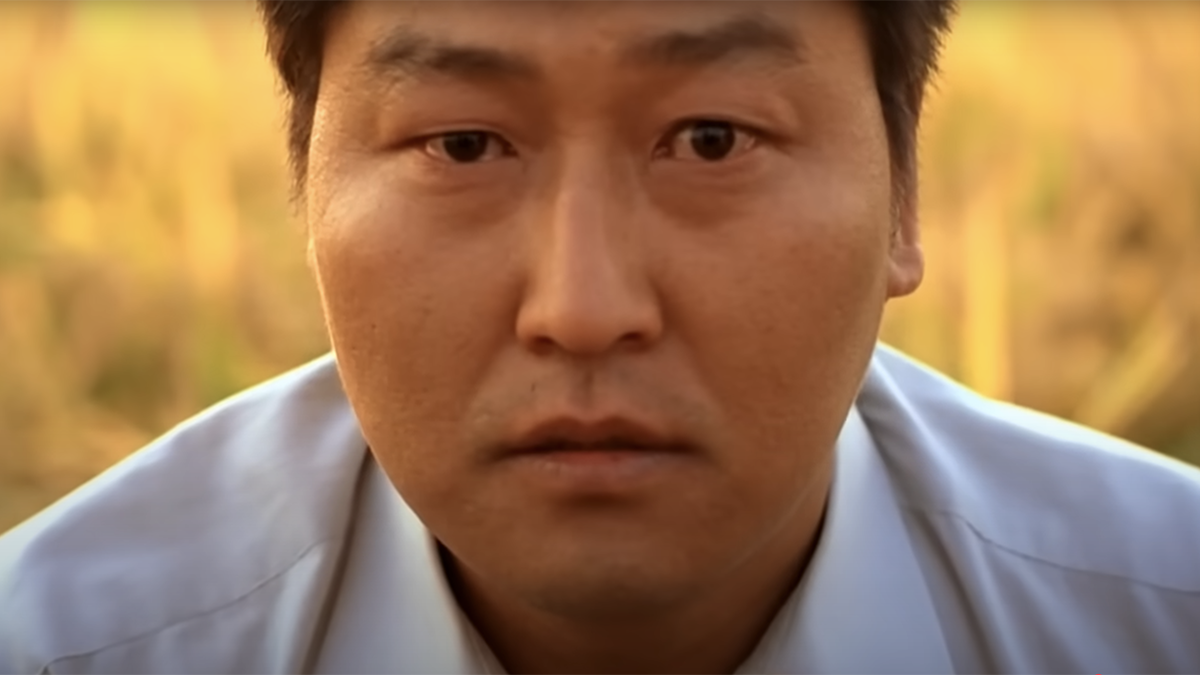
Year: 2003
Director: Bong Joon Ho
Bong Joon Ho's influential crime drama, based on a series of real-life infamous serial murders in South Korea, ends with Song Kang-ho's Detective Park Doo-man defeated by the case. He and his partner thought they could crack it, but ultimately they were unable to identify the murderer. Years pass, Park eventually leaves law enforcement, but one day he passes by the scene of the first crime and decides to take a look. A young girl tells him that somebody else—presumably the killer—took a similarly morbid walk down memory lane just the other day. When Park asks what he looked like, all the girl can describe him as is "ordinary," and a stunned Park looks into the camera, implicating the audience in this decidedly unresolved ending.
10. Lost in Translation
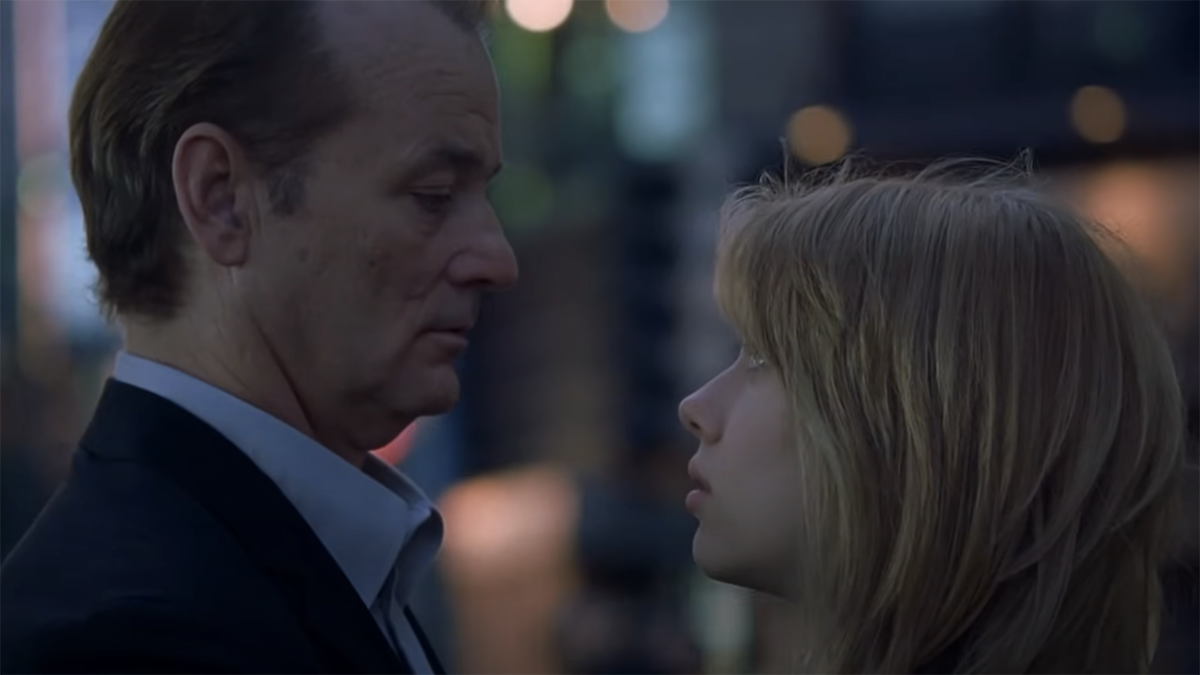
Year: 2003
Director: Sofia Coppola
What does Bob (Bill Murray) whisper in Charlotte's ear (Scarlett Johansson) as they embrace on that Tokyo street before parting, presumably forever? To know would ruin the magic of Sofia Coppola's breakout romantic drama, which followed the two disillusioned Americans, an aging actor and recent college graduate, as they bonded during trips to Japan. The exact words spoken may be ambiguous, but the emotion of the scene is clear as day. Sometimes it's best to just let the mystery be.
9. American Psycho
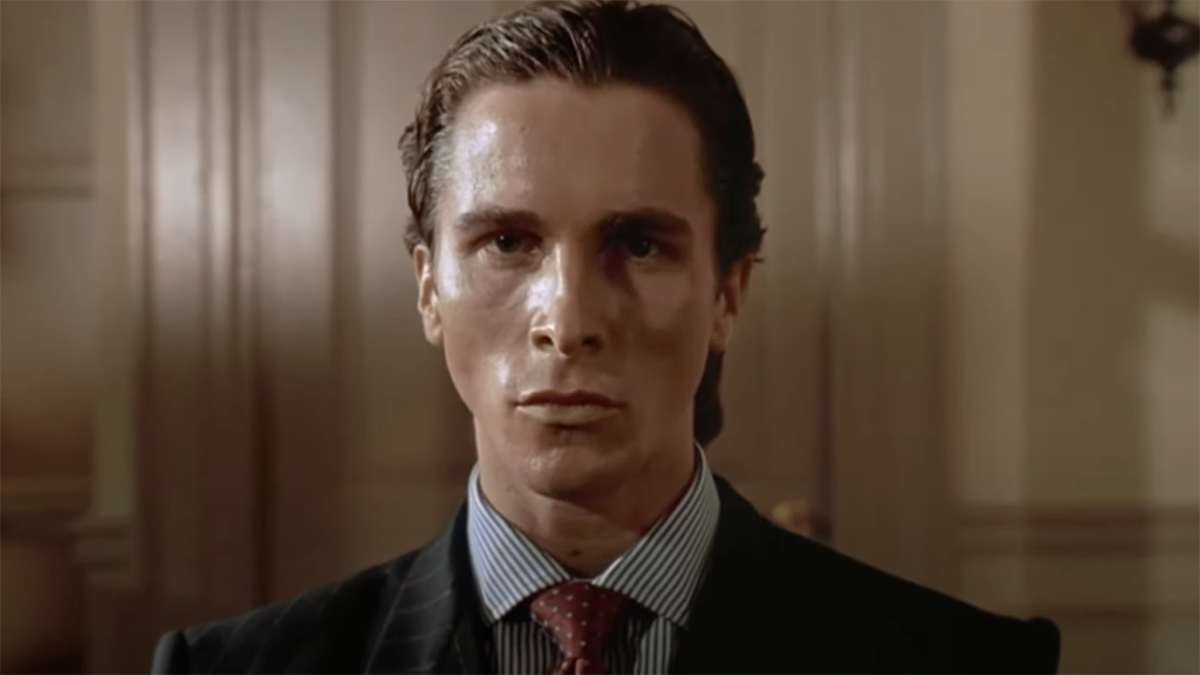
Year: 2000
Director: Mary Harron
Were all of the brutal killings that Christian Bale's psychotic yuppie committed just in his head, or is the depersonalized nature of '80s Wall Street culture just allowing for him to get away with it, as there's no punishment for his madness? American Psycho doesn't have a clear answer, and instead, we're left with Patrick, looking dead-eyed, staring at the camera near a sign that says "This is not an exit." Bateman—and the audience—have no answers and experience no catharsis. His confession has meant nothing, and yet audiences can't help but pore over what it all could possibly mean.
8. 2001: A Space Odyssey
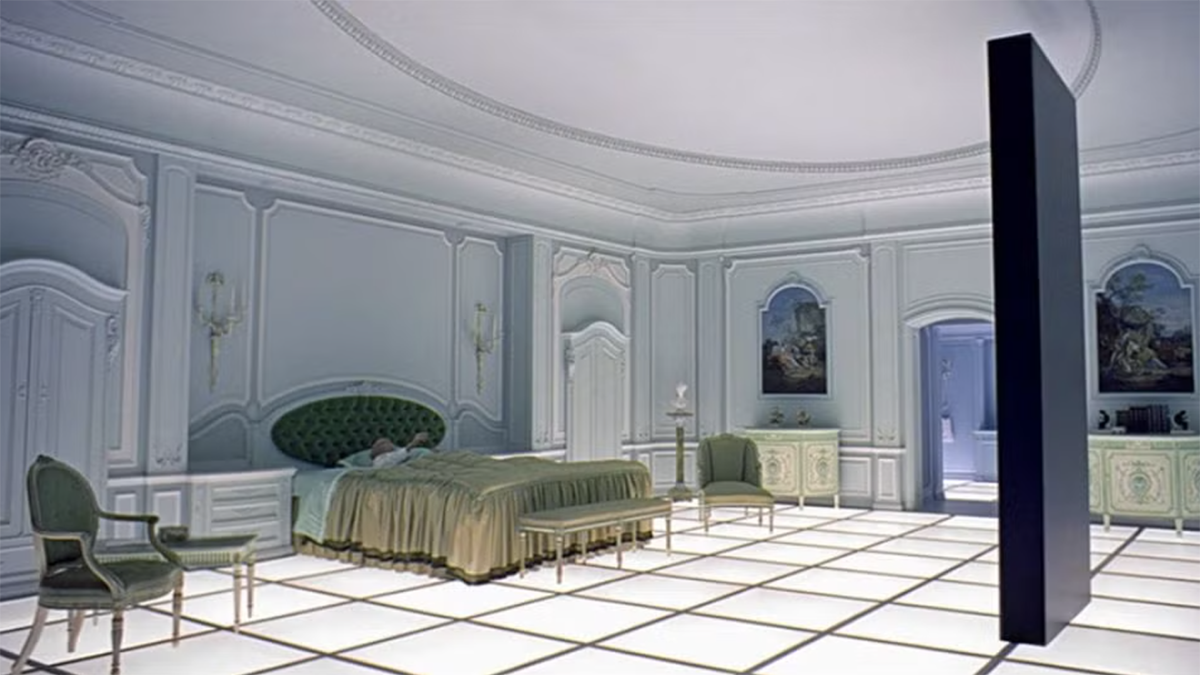
Year: 1968
Director: Stanley Kubrick
The novel of the same name that sci-fi author Arthur C. Clarke penned alongside the film, which he co-wrote with Stanley Kubrick, is a lot clearer about what, exactly the monolith symbolizes and what happens at the end when Dr David Bowman (Keir Dullea) seemingly transports through space and time and emerges as a glowing fetus in Earth's orbit. There's meaning to be found in just the film version—and there's ostensibly a "correct" interpretation—but 2001 is such an incredibly overwhelming and rich text that it's no wonder countless words have been written analyzing it and hours spent discussing trying to interpret this masterpiece of cinema; one that doesn't offer easy answers.
7. Taxi Driver
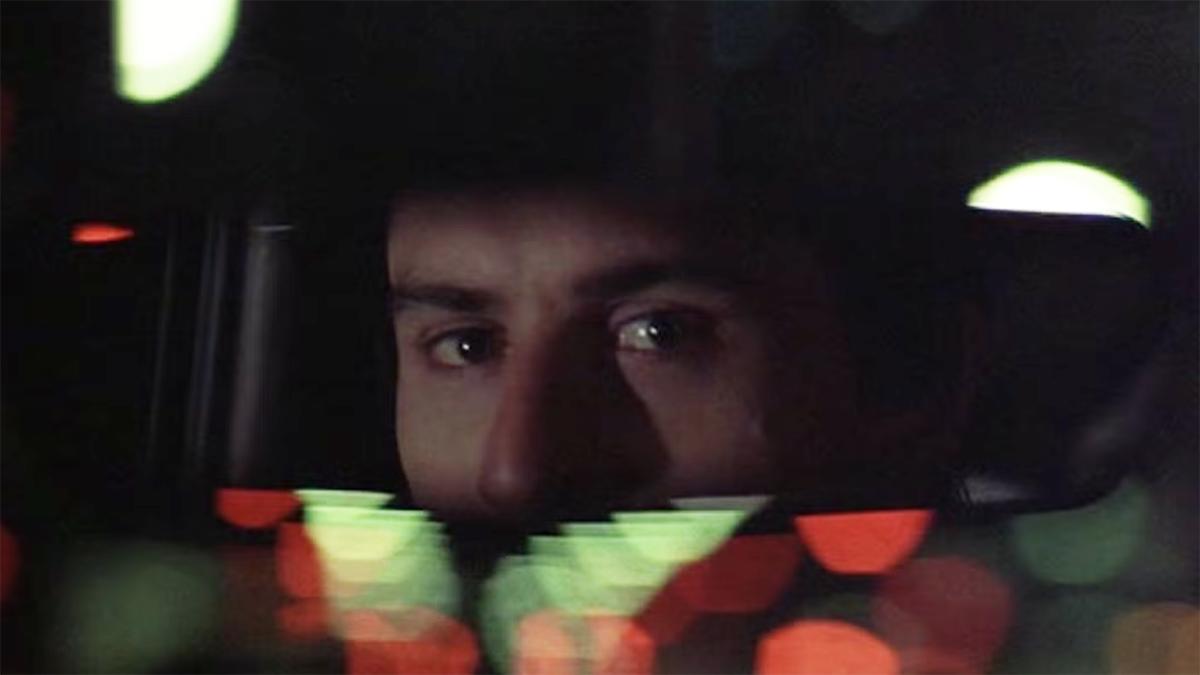
Year: 1976
Director: Martin Scorsese
The unraveling of Travis Bickle's mental health comes to a violent crescendo at the end of this Robert De Niro-led classic of New Hollywood cinema. His attempt to assassinate a politician foiled, Travis instead decides to take out the pimp who has been taking advantage of Iris Steensma (Jodie Foster), the young girl he's become protective of. Travis kills them all and is seriously wounded in the process, but the end of the movie reveals he's recovered and is being treated not as an unstable vigilante but as a hero. Everything's going great for Travis, though he seems disturbed by his own reflection in the rear-view mirror in the film's final moments. How much of the end of Taxi Driver actually happened, and how much is in Travis's head as he's possibly bleeding out?
6. Mulholland Drive
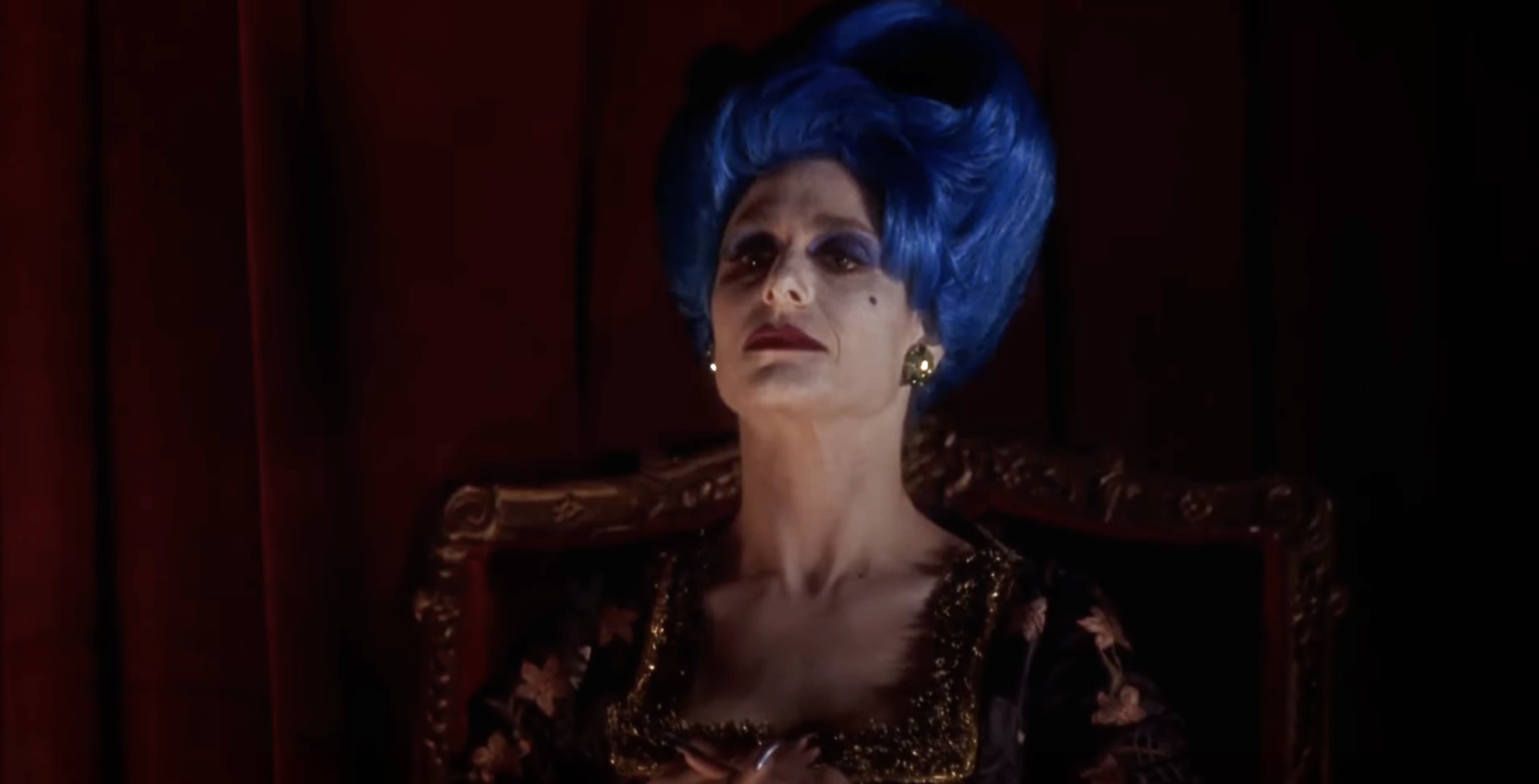
Year: 2001
Director: David Lynch
"Silencio." It's not so much that the ending of David Lynch's surreal masterpiece is ambiguous so much as the entire movie is. That Diane Selwyn (Naomi Watts, who we saw in the first half of the film as Betty Elms, which some interpretations believe to be the depressed Diane's dream persona) gets freaked out by little horrid hallucinations of the kindly older couple Diane arrived in Los Angeles with at the start of the movie before dying only adds to the film's mystery. And then the final image is of a blue-haired woman whispering "silencio," a callback to an earlier moment in the film where Diane visits a club, but also an unexpected ending note. Trying to parse what happened and input your meaning on the ambiguity is part of Mulholland Drive's magic.
5. Blade Runner
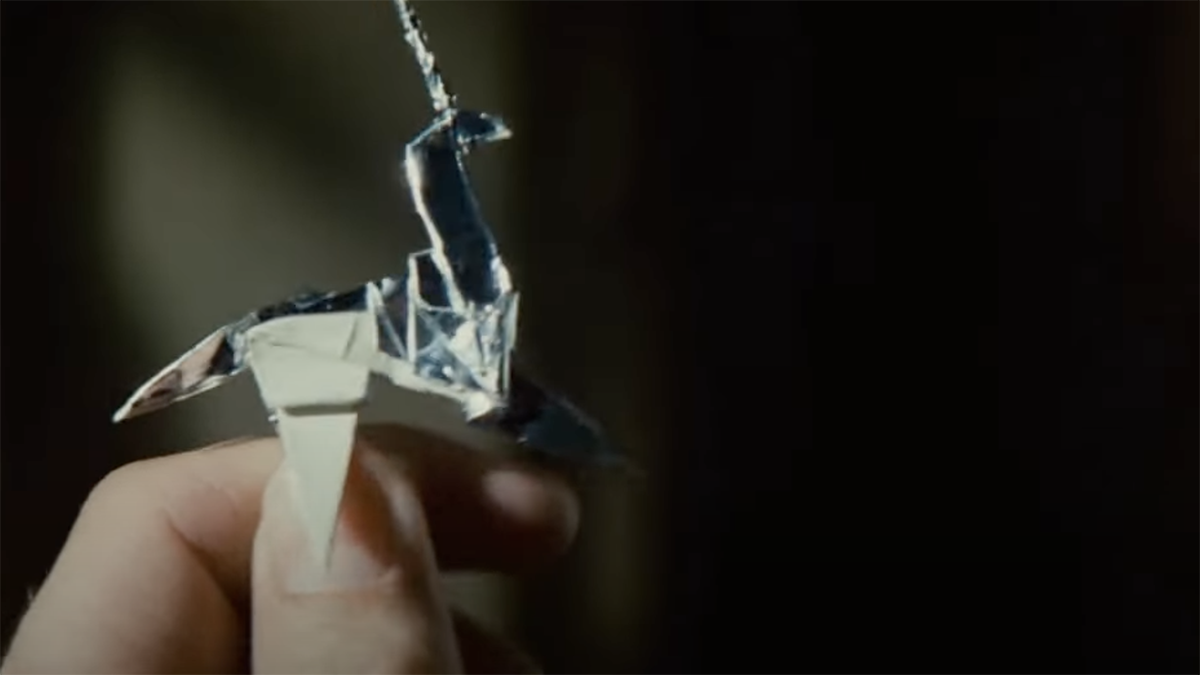
Year: 1982
Director: Ridley Scott
The ambiguity in the ending of Ridley Scott's sci-fi masterpiece, an adaptation of Philip K. Dick's Do Androids Dream of Electric Sheep?, comes from one question: Is Rick Deckard (Harrison Ford) a Replicant? After spending the film hunting down the artificial humans known as Replicants, we're left with a clue that he might be that which he hunts, as he finds an origami unicorn in his hallway; a possible suggestion that his "human" memories are as real as the mythical creature. There are lots of other clues and pieces of evidence supporting one interpretation or another. Even the people who made the movie have different beliefs on Deckard's true nature. The mystery is the point.
4. The Graduate
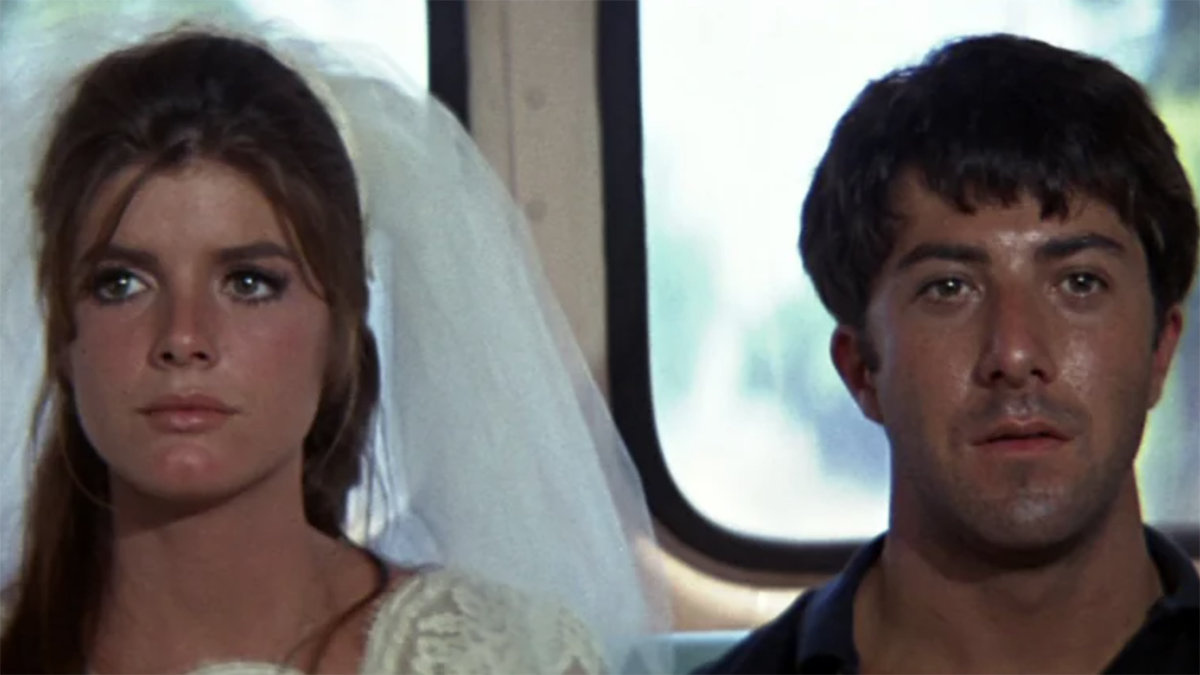
Year: 1967
Director: Mike Nichols
The Graduate's ending famously came about when the director didn't call "cut" and just kept filming as Dustin Hoffman and Katharine Ross' faces gradually changed from happy elation to something harder to pin down. Benjamin Braddock (Hoffman) and Elaine Robinson (Ross) have decided, after all the ups and downs and interference from her mother, that they want to be together, and Elaine escapes her own wedding to run away with Benjamin. As they sit on a bus, we see what could be a "happily ever after" ending turn into an uneasy question mark just because of the looks on their faces.
3. Inception
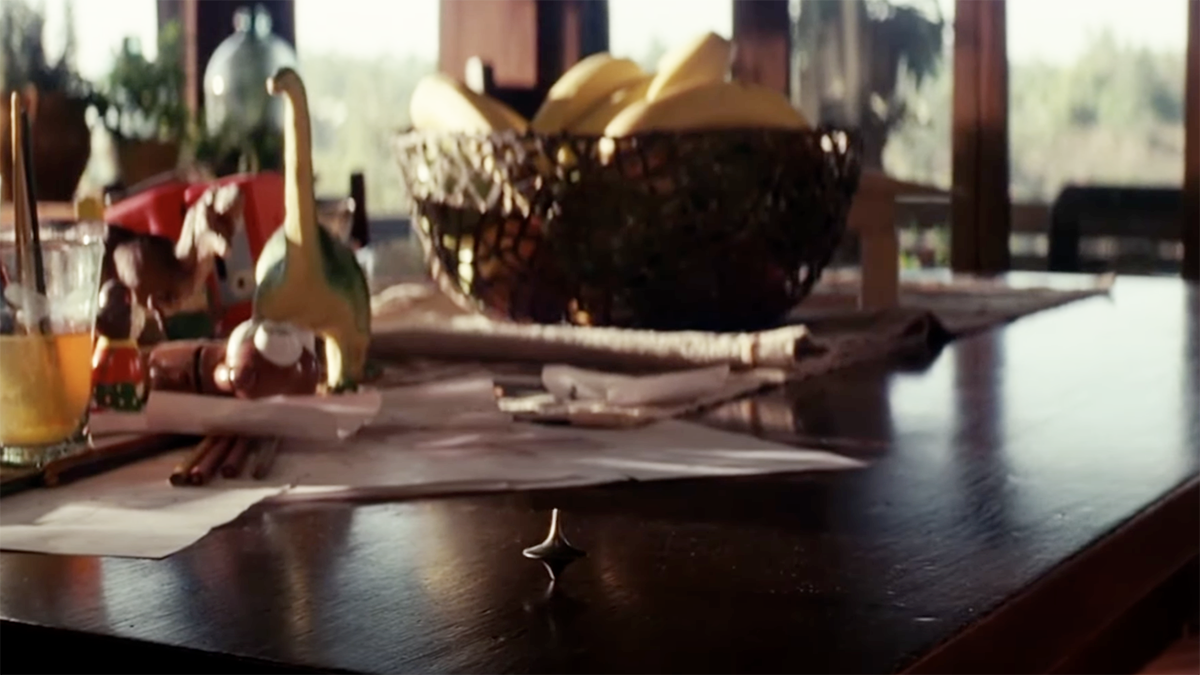
Year: 2010
Director: Christopher Nolan
The execution of Inception's final shot is what makes it so tantalizing and so great. Dom Cobb (Leonardo DiCaprio) has completed his unlikely reverse-dream-heist, and he can finally rejoin his children. As he gets ready to go see them, he takes out his totem, a top, and spins it. This is how he's always checked whether or not he's in a dream. If it spins forever, he's sleeping. But, for the first time, Cobb doesn't wait to see whether or not the top falls, and as he walks away the camera slowly zooms in as it spins for what seems like an uncannily long time, eventually wobbling a little—but there's a hard cut to black before we know the outcome. Thematically, the big takeaway is that Cobb doesn't care if he's dreaming or in the real world anymore, but it's so easy to obsess over that darn top.
2. The Birds
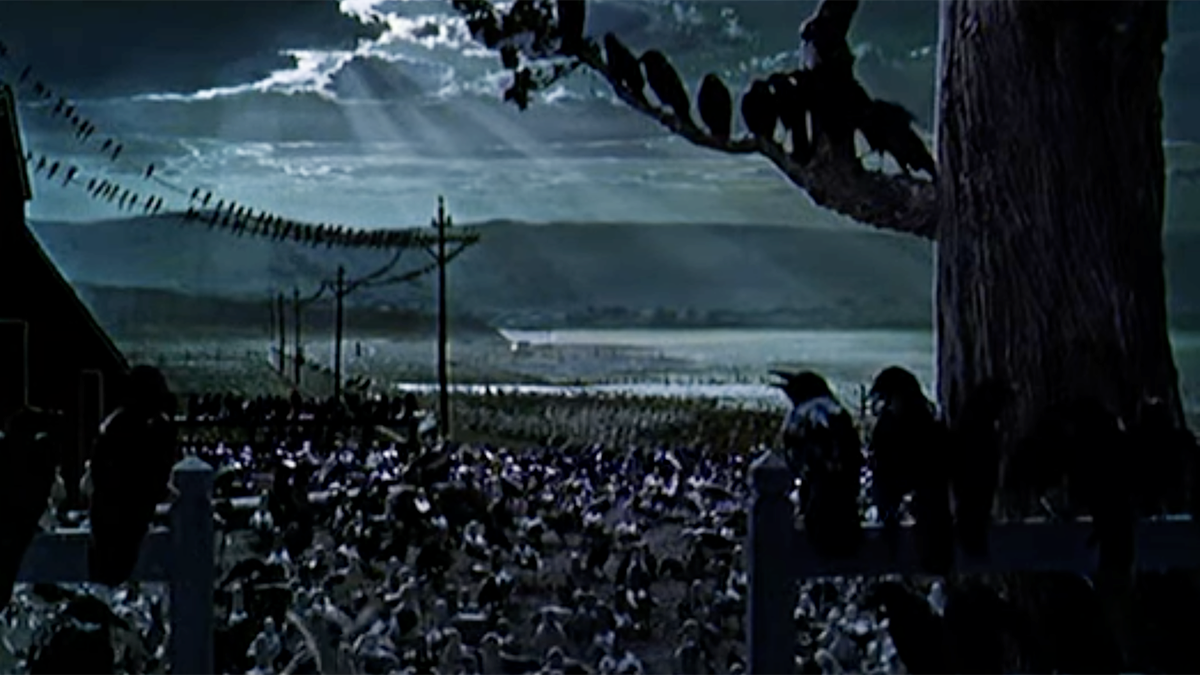
Year: 1963
Director: Alfred Hitchcock
Alfred Hitchcock's eco-horror The Birds offers no reason as to why all the avians of Northern California have suddenly turned on humanity, denying both its characters and the audience the comfort of an explanation. The Birds doesn't even offer a proper ending, as instead Tippi Hedren's Melanie Daniels and her companions just drive off, surrounded by waiting birds. It's agonizingly suspenseful and inconclusive, and only a filmmaker as confident as Hitchcock could make something that's, on its face, unrewarding feel so impactful.
1. The Thing
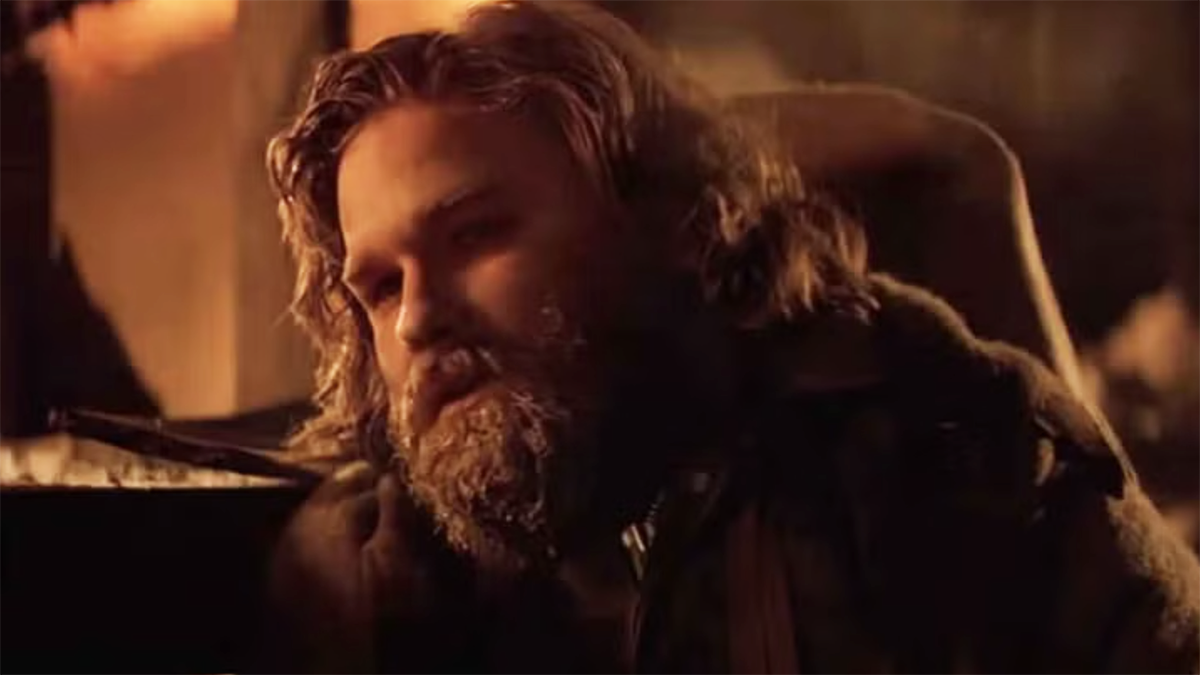
Year: 1982
Director: John Carpenter
At the end of John Carpenter's sci-fi horror classic, Kurt Russell's MacReady and Keith David's Childs are the only survivors of the Antarctic research base after the titular Thing (from another world) used its grotesque shapeshifting abilities to slaughter everyone else. To prevent the Thing from escaping Antarctica and taking over the rest of the world, they blow up the base, and MacReady and Childs—who haven't seen eye to eye the whole film—sit in the cold and wait until they inevitably freeze to death. Together, they wonder if either of them is actually the Thing, a question we don't get an answer to, as they resolve to just wait and see what happens over a bottle of scotch. While there are theories and hints about which character may or may not be the Thing, the ambiguous uncertainty of the moment is the perfect note to end this masterpiece of paranoia on.
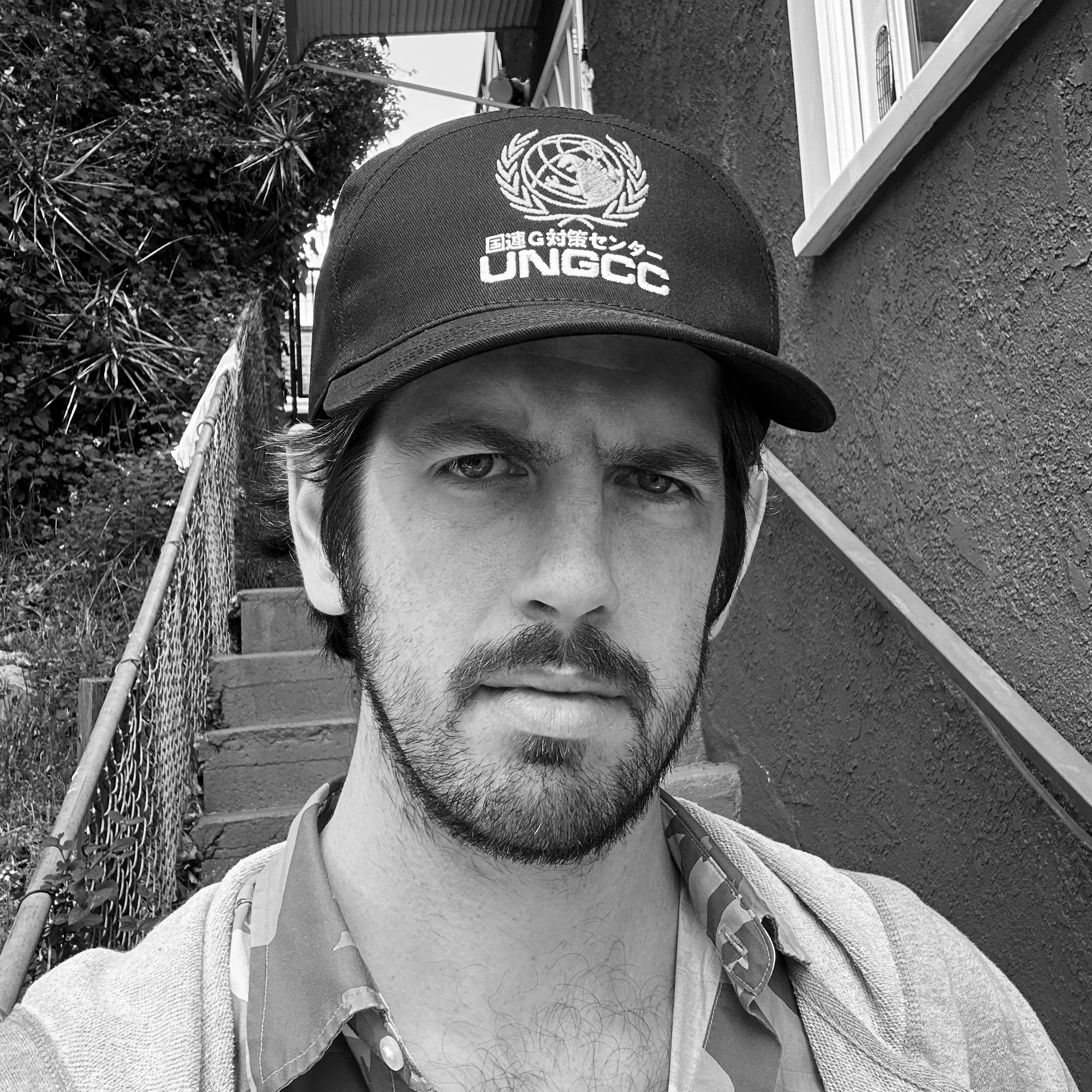
James is an entertainment writer and editor with more than a decade of journalism experience. He has edited for Vulture, Inverse, and SYFY WIRE, and he’s written for TIME, Polygon, SPIN, Fatherly, GQ, and more. He is based in Los Angeles. He is really good at that one level of Mario Kart: Double Dash where you go down a volcano.
You must confirm your public display name before commenting
Please logout and then login again, you will then be prompted to enter your display name.
